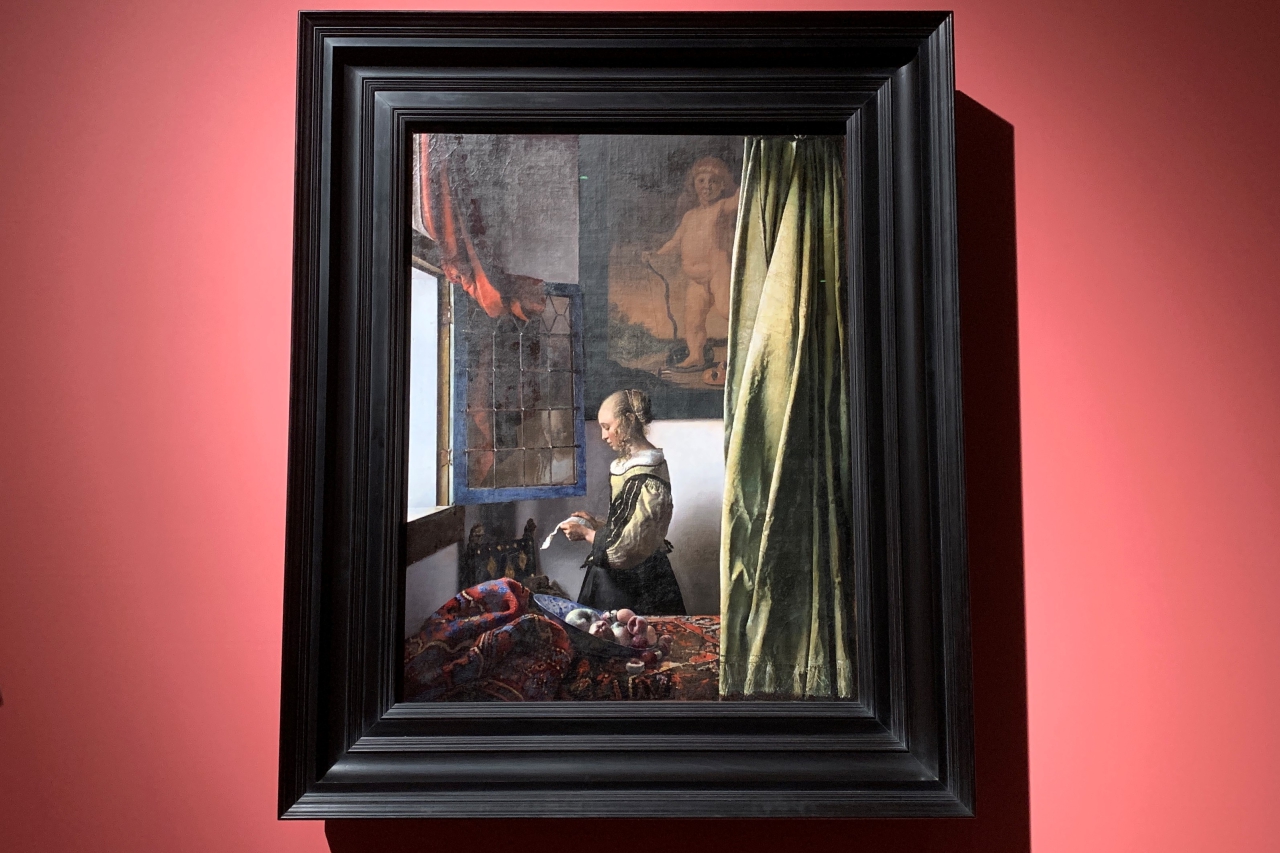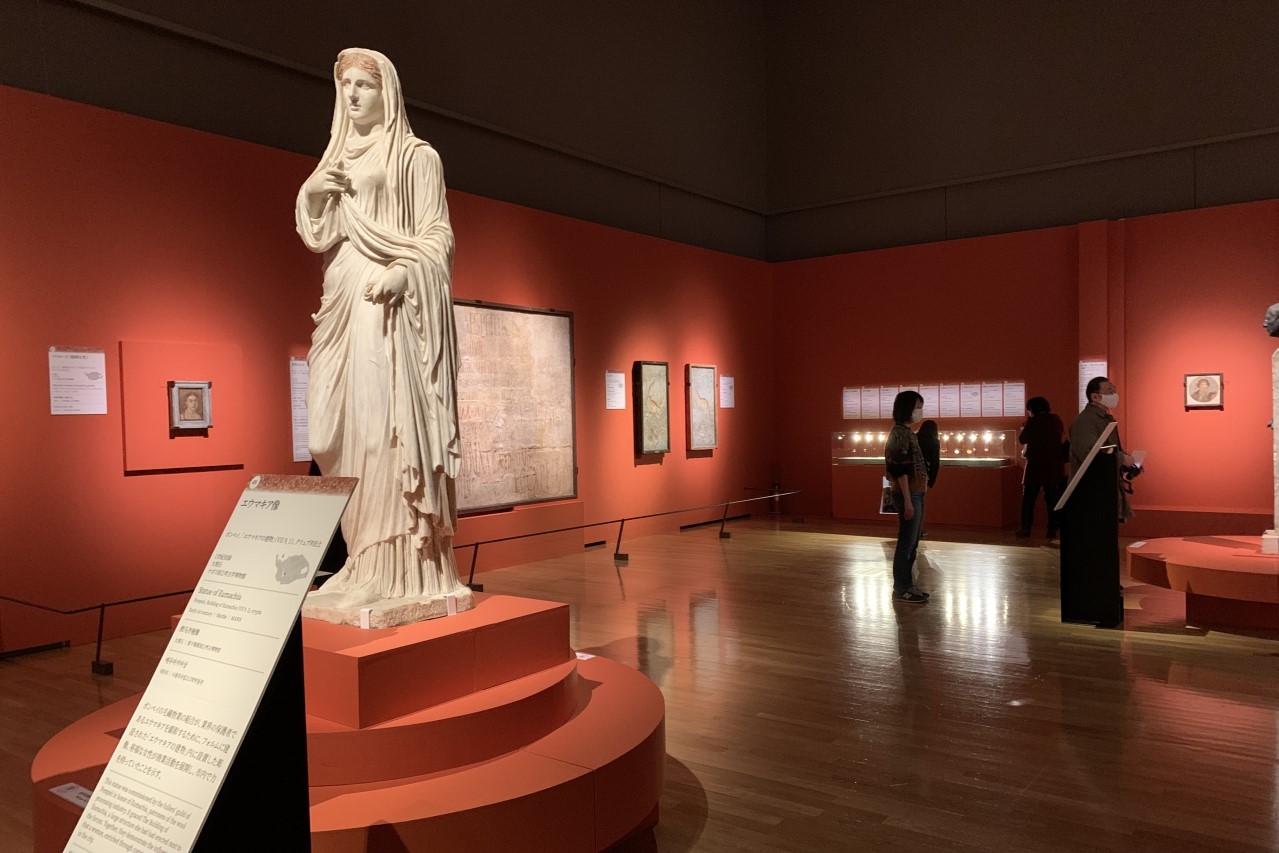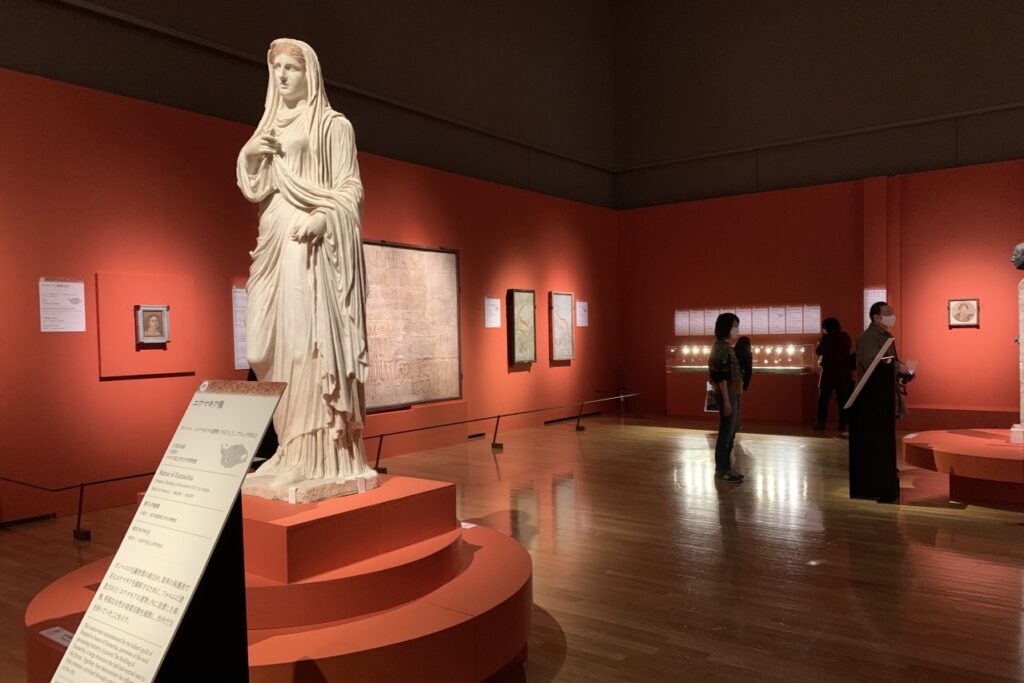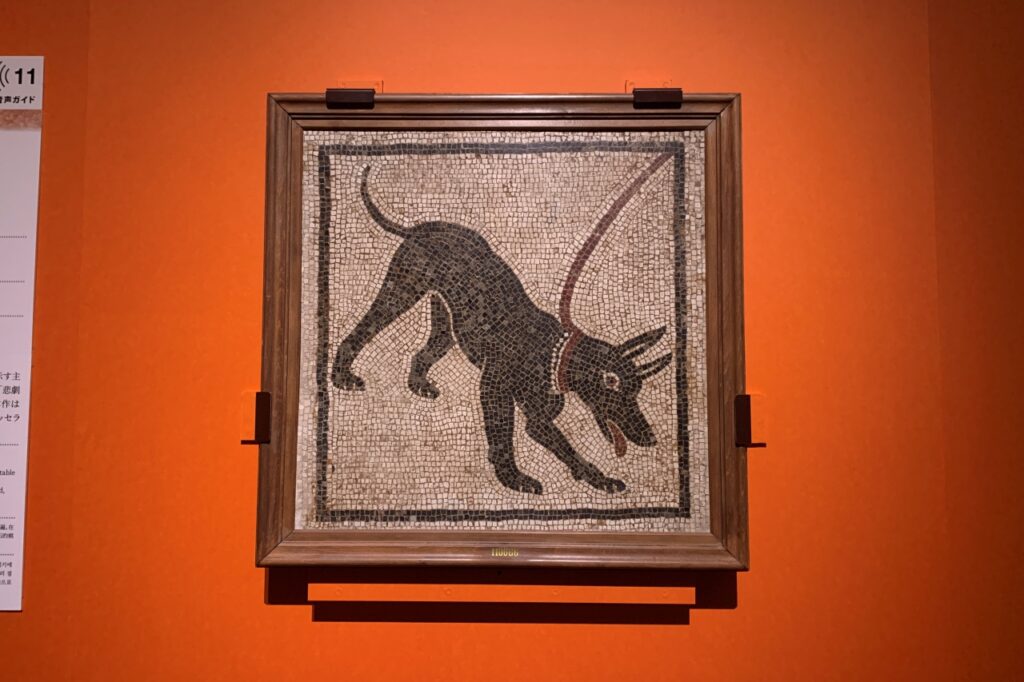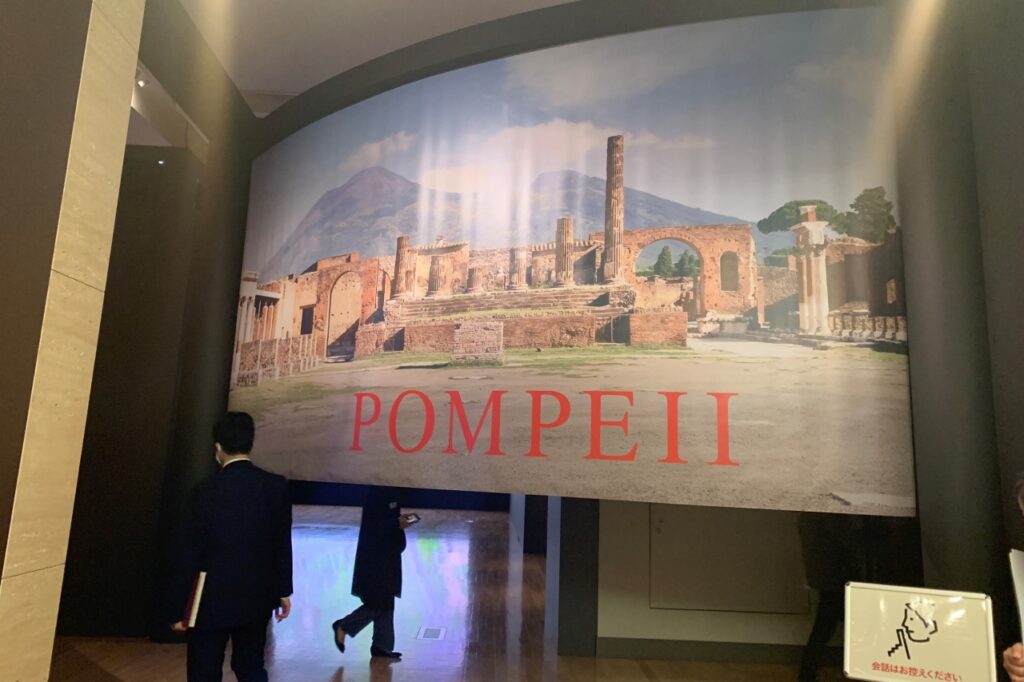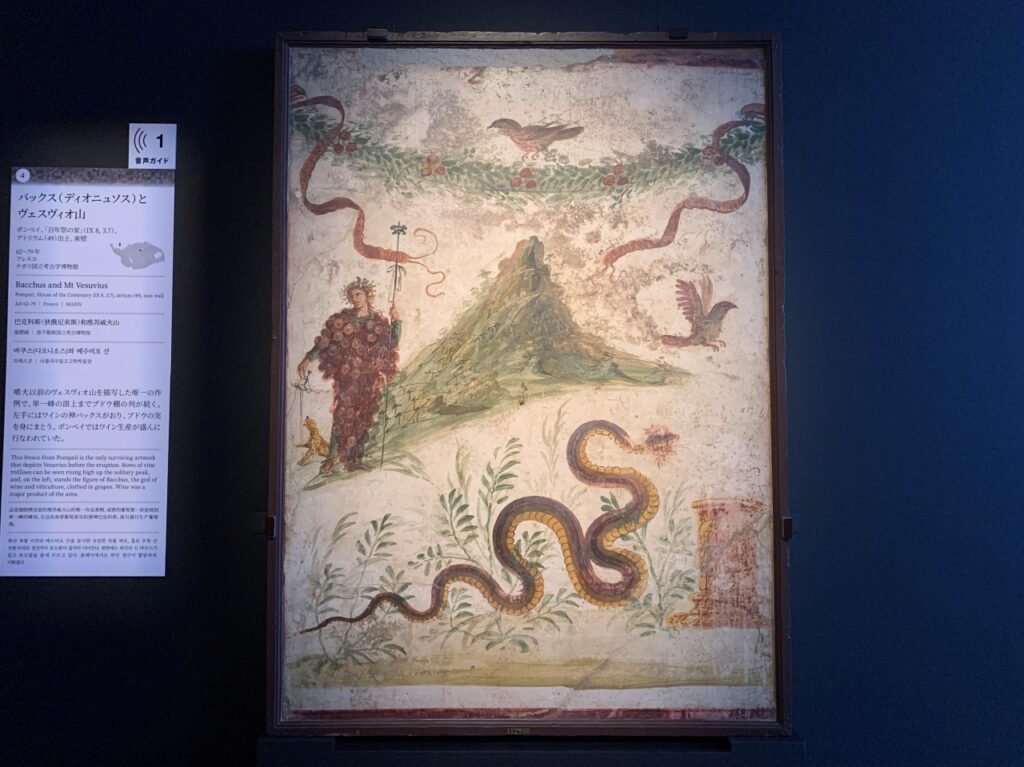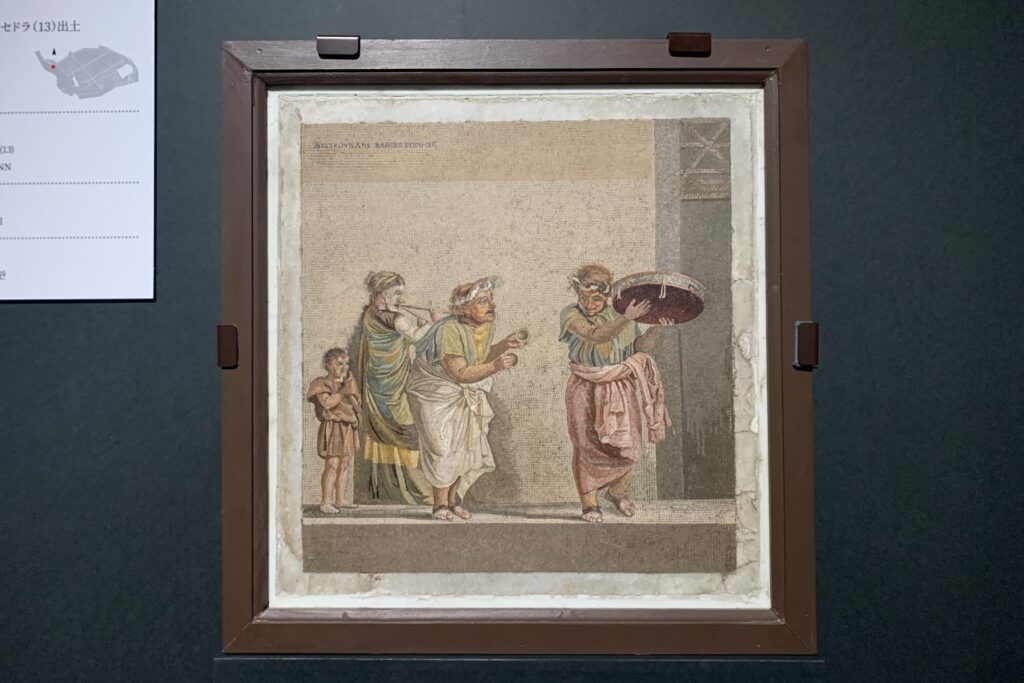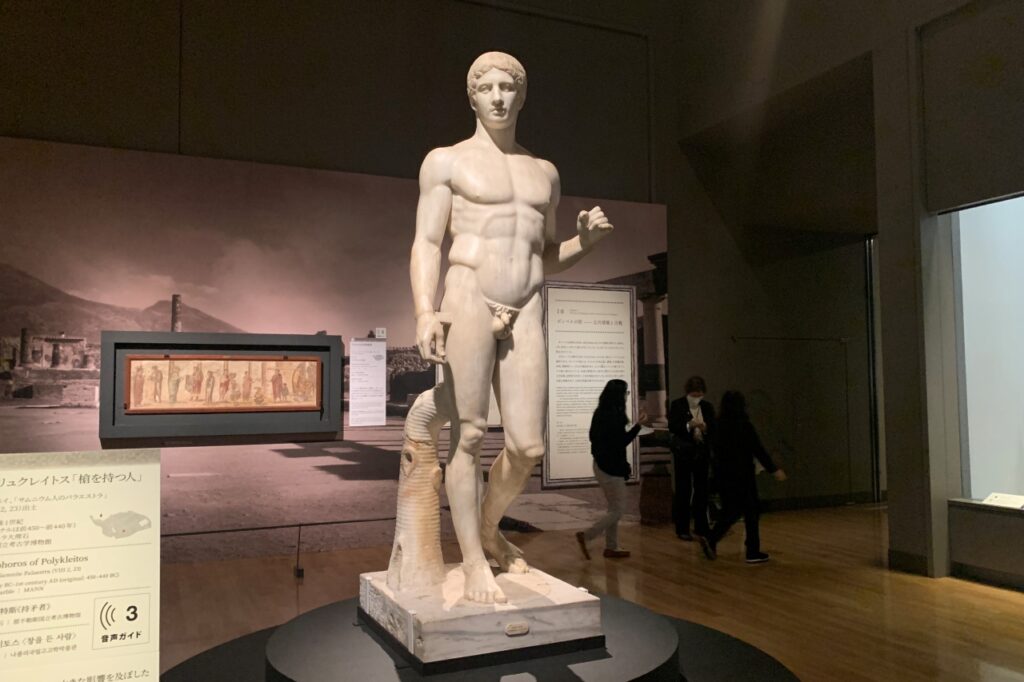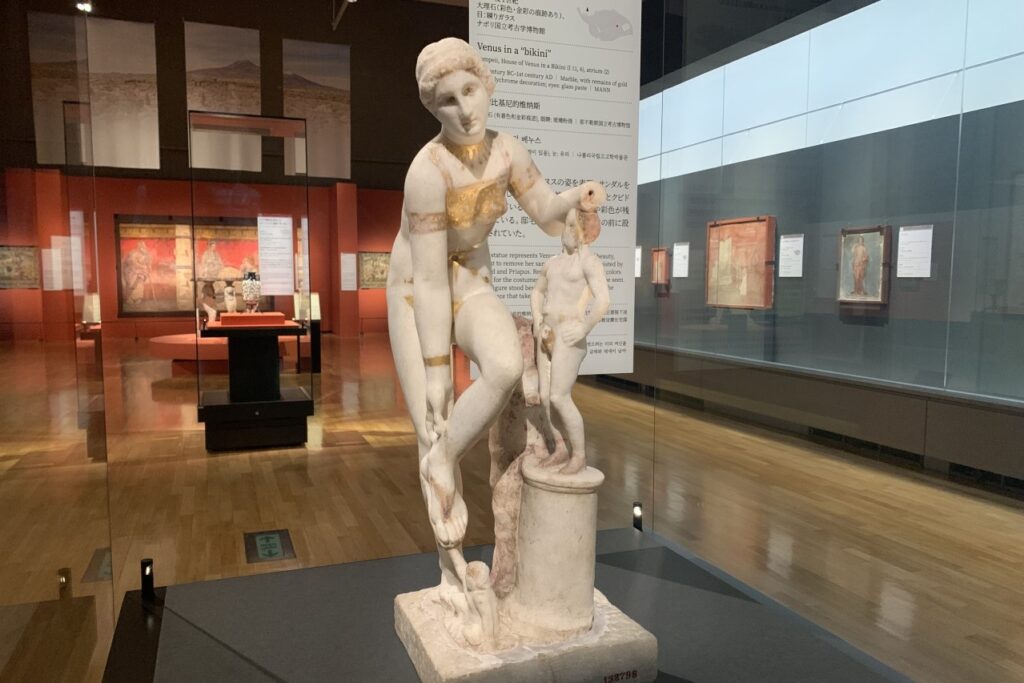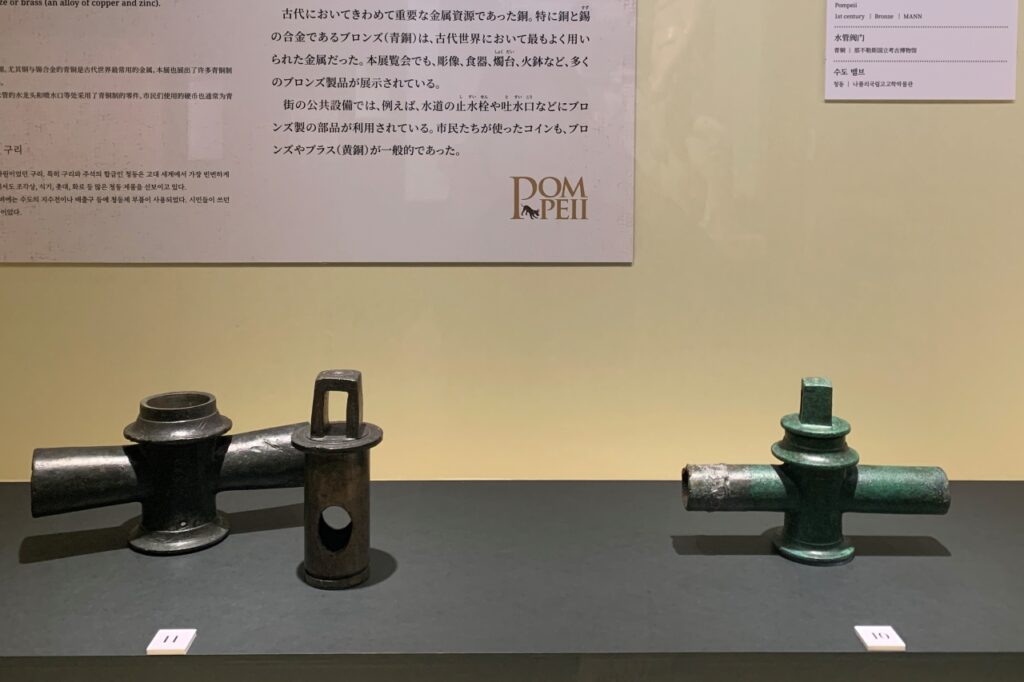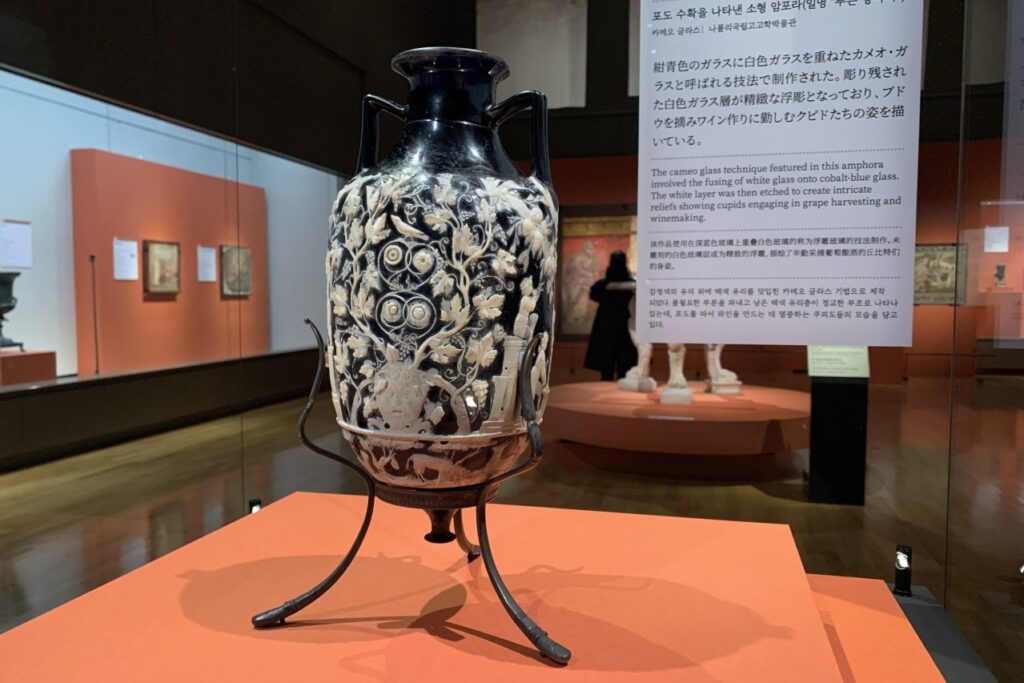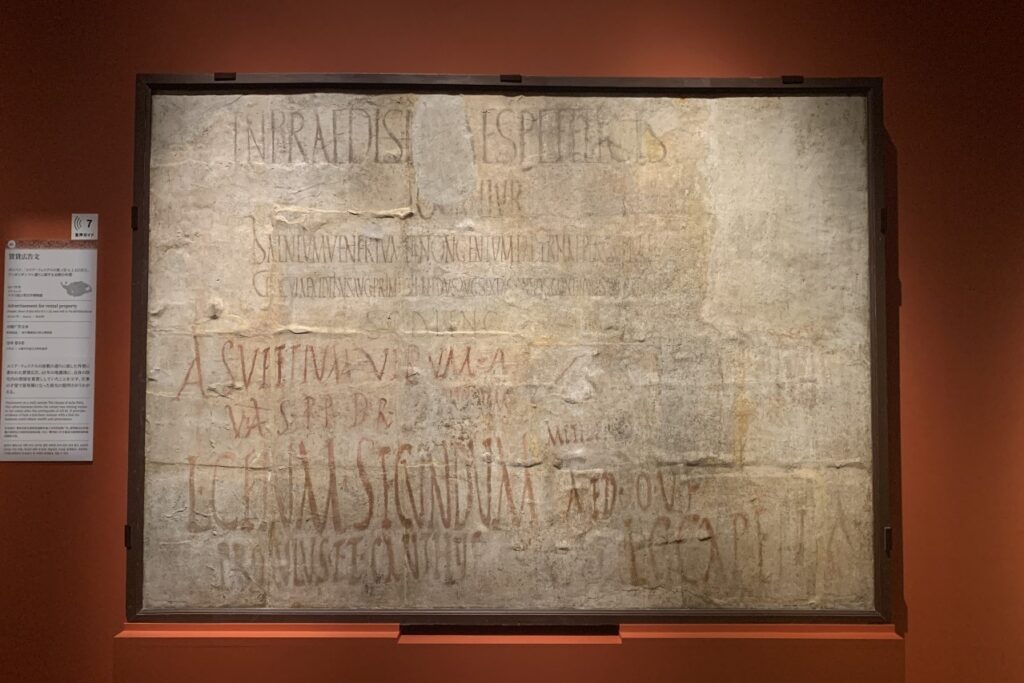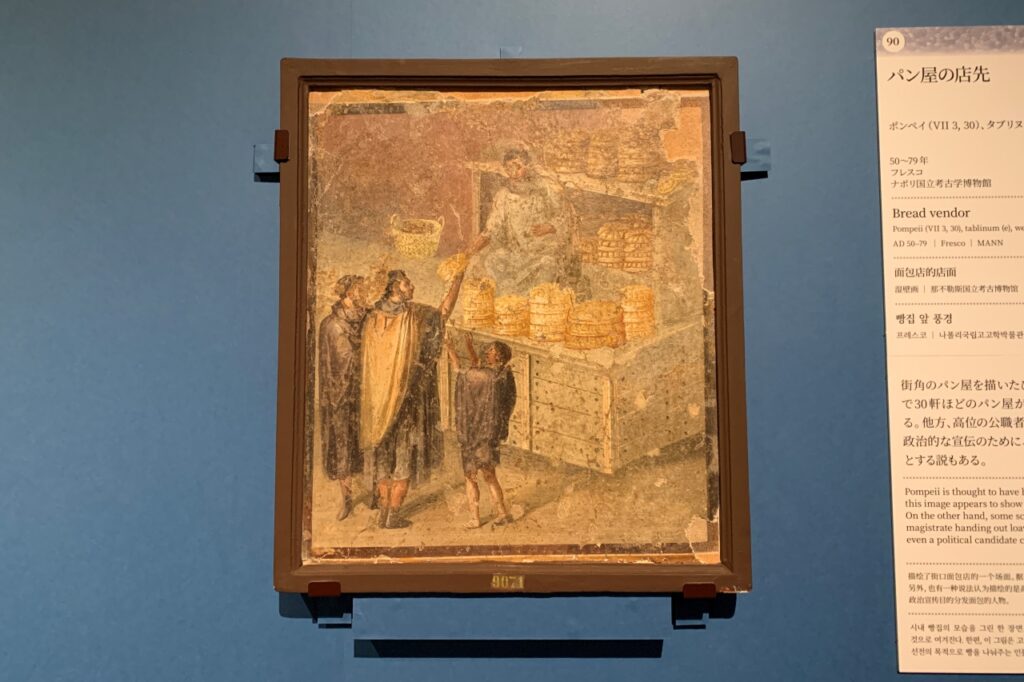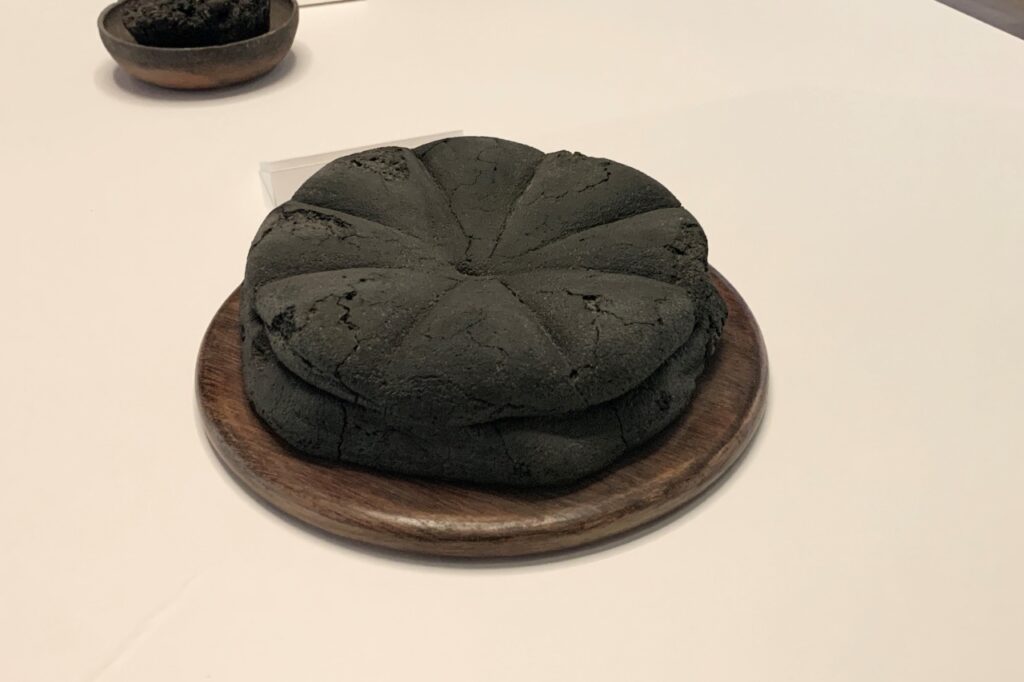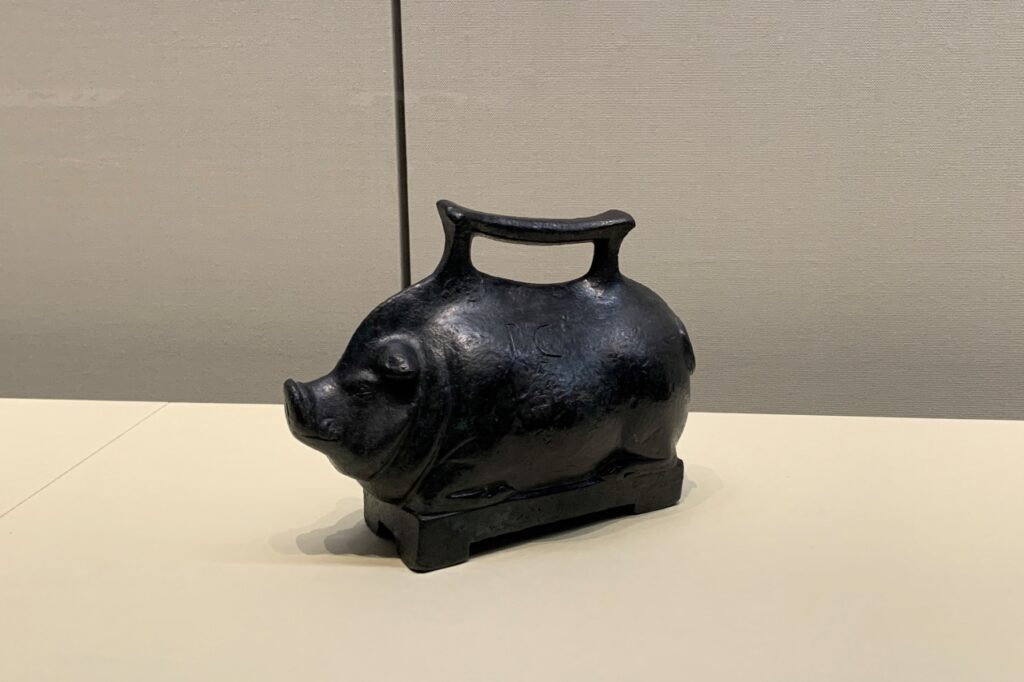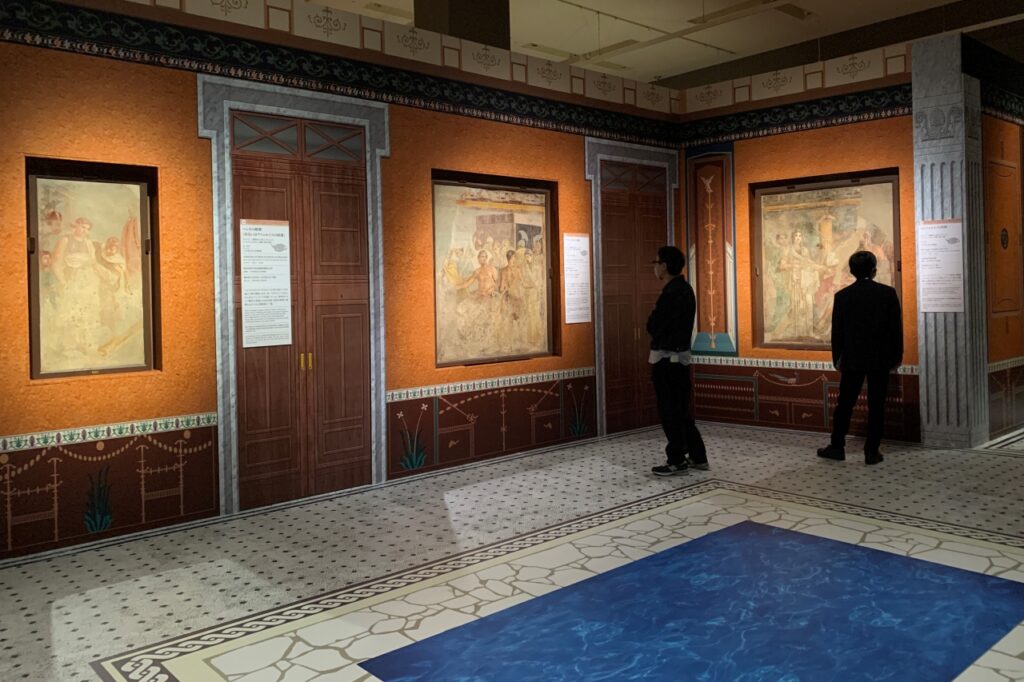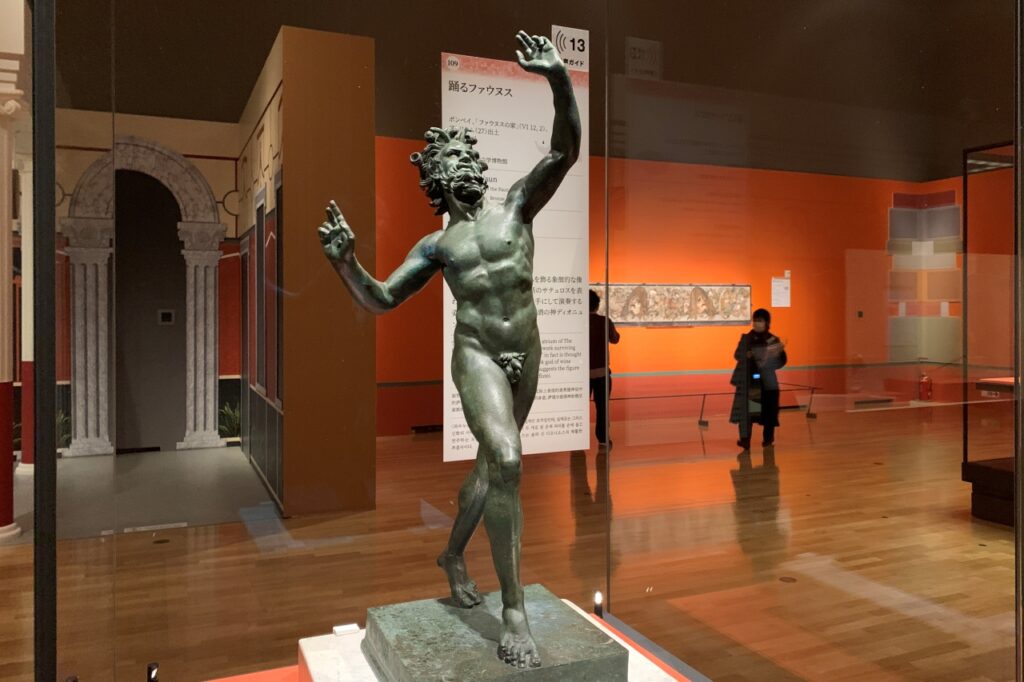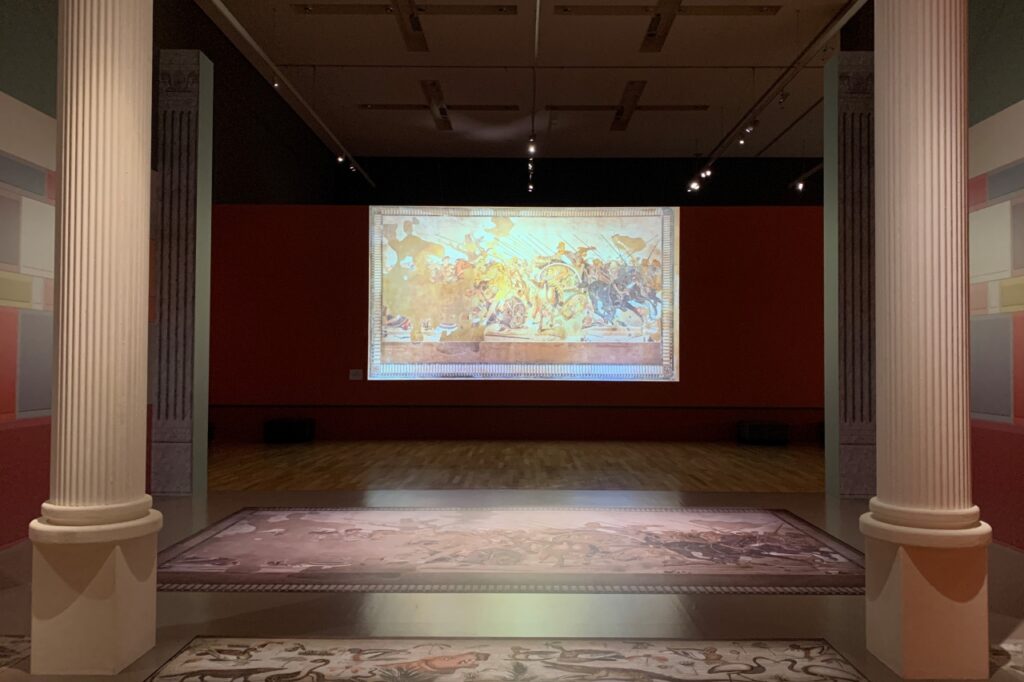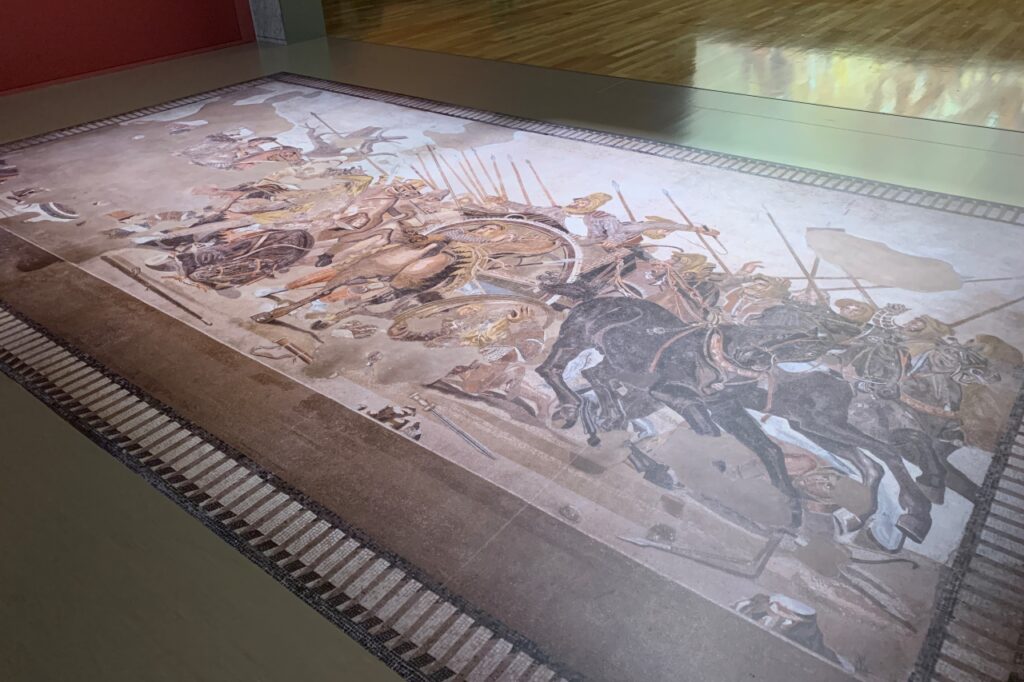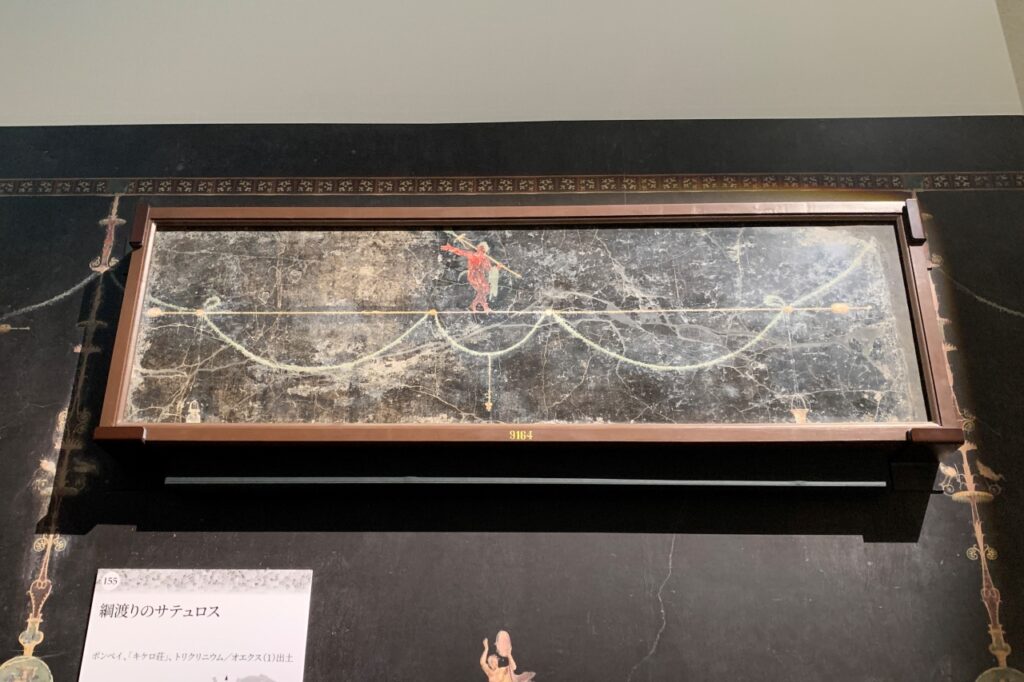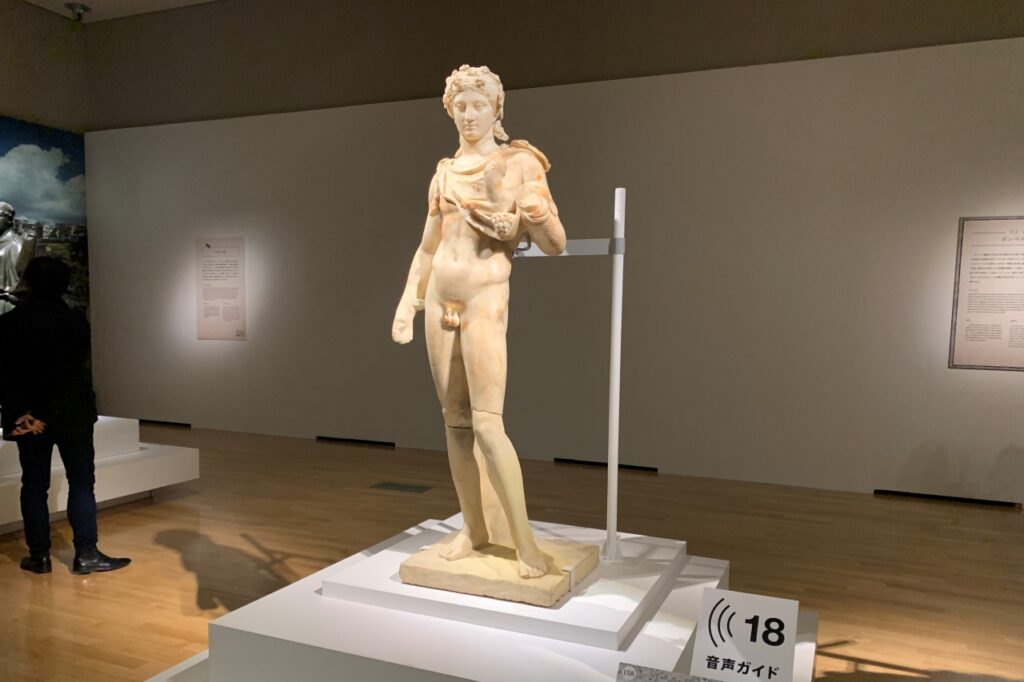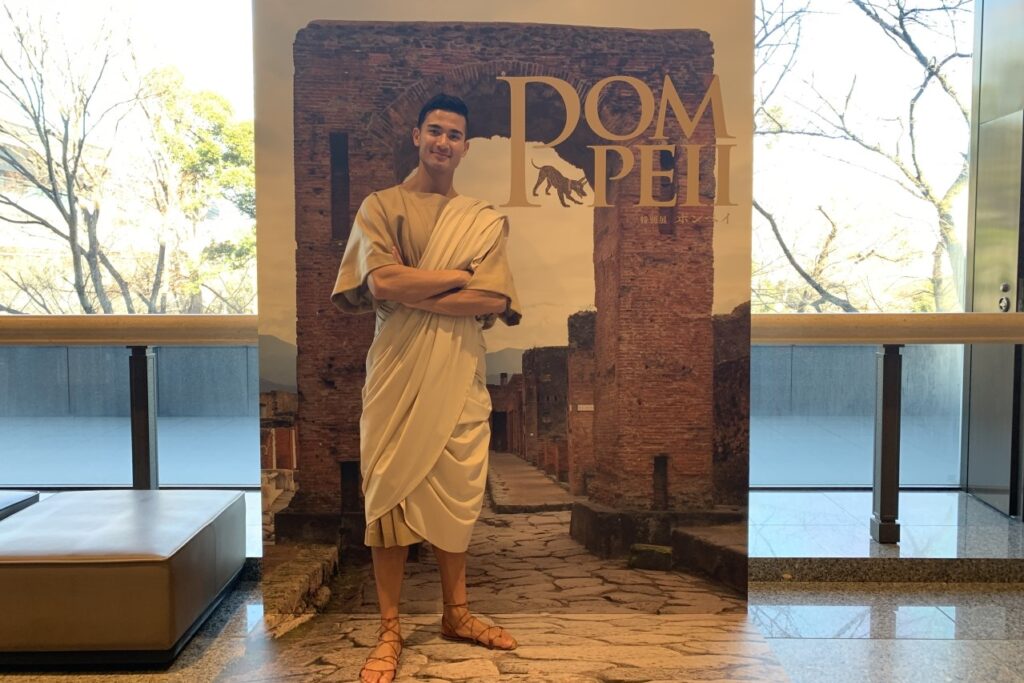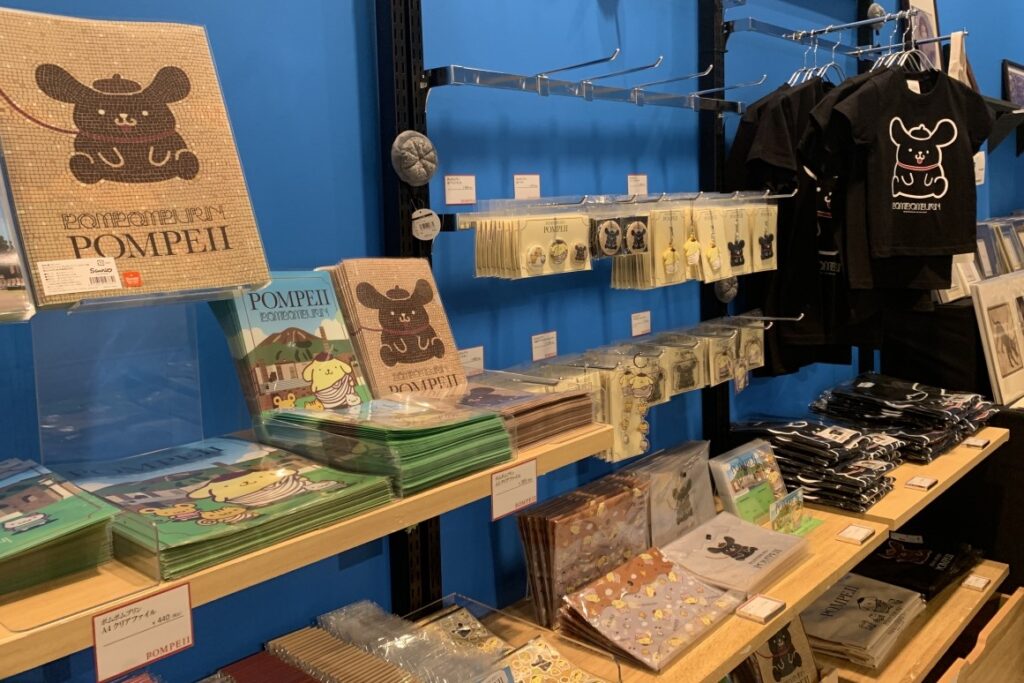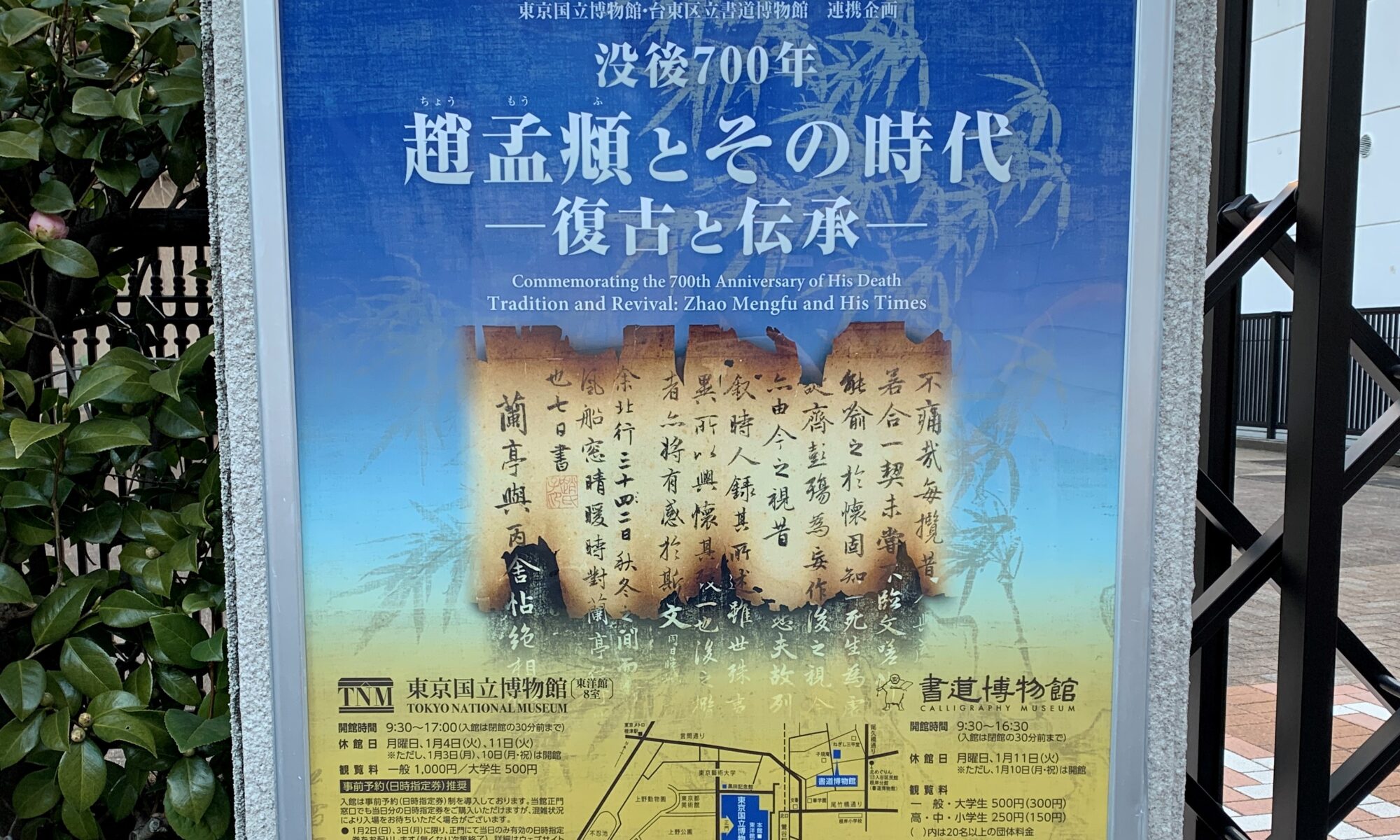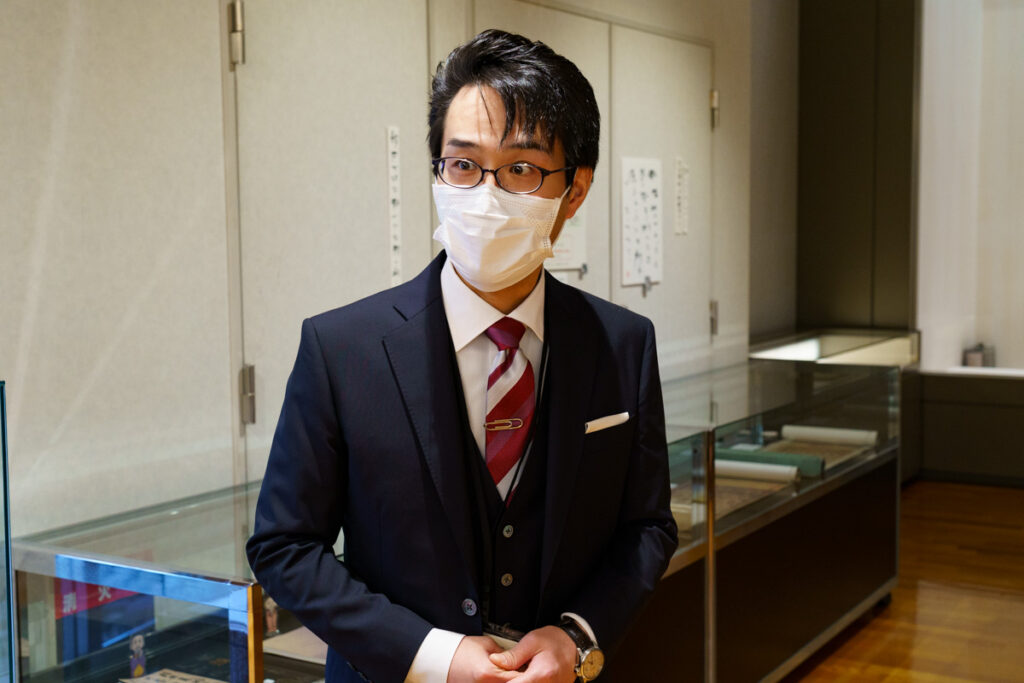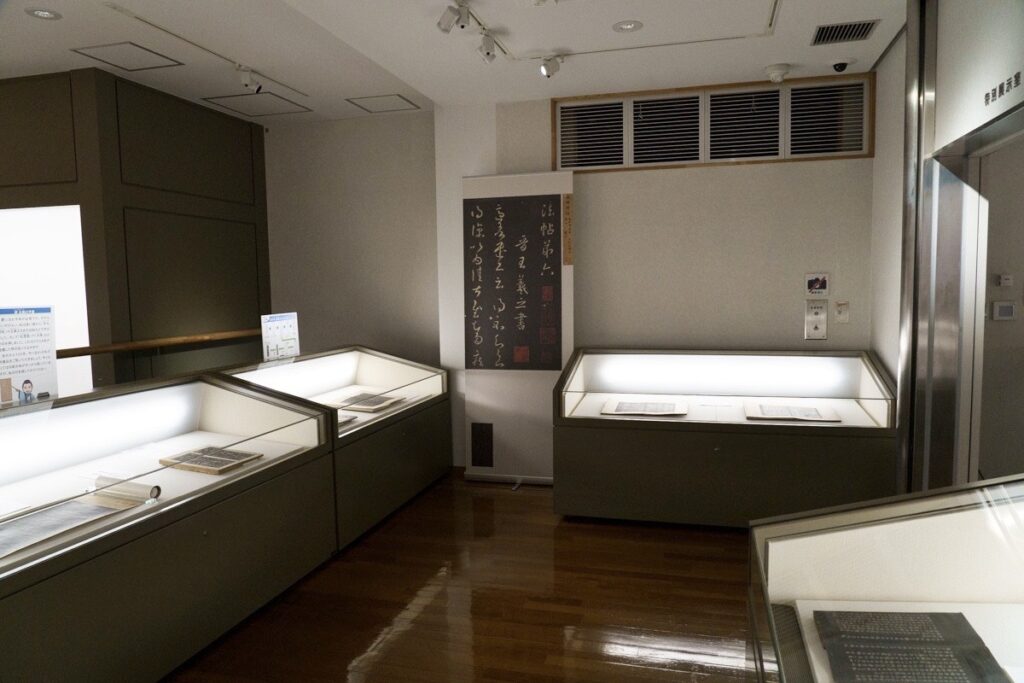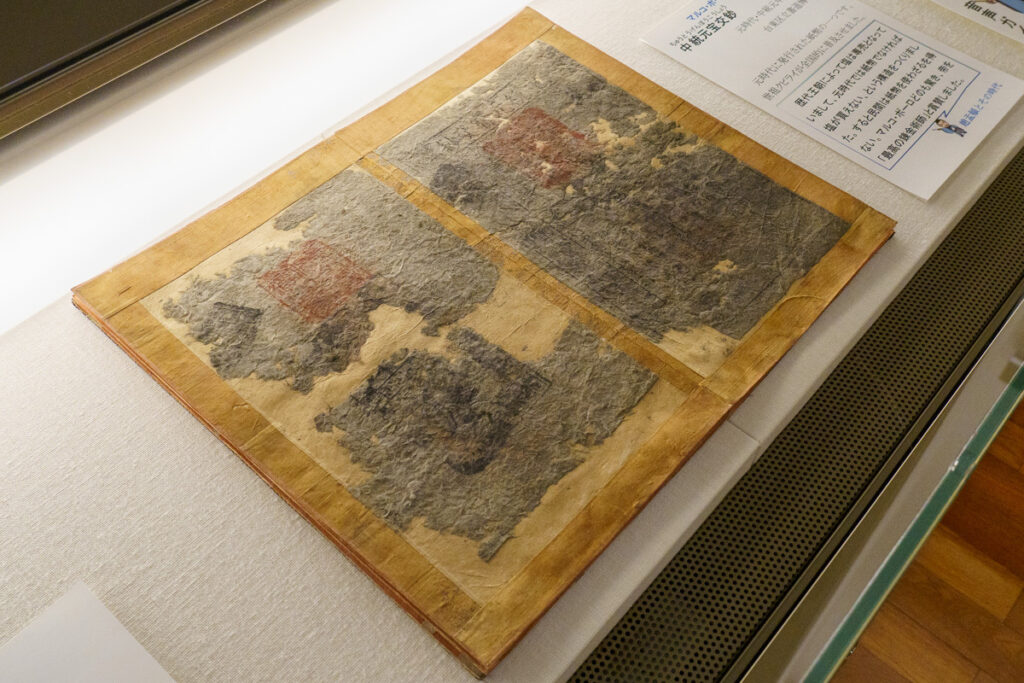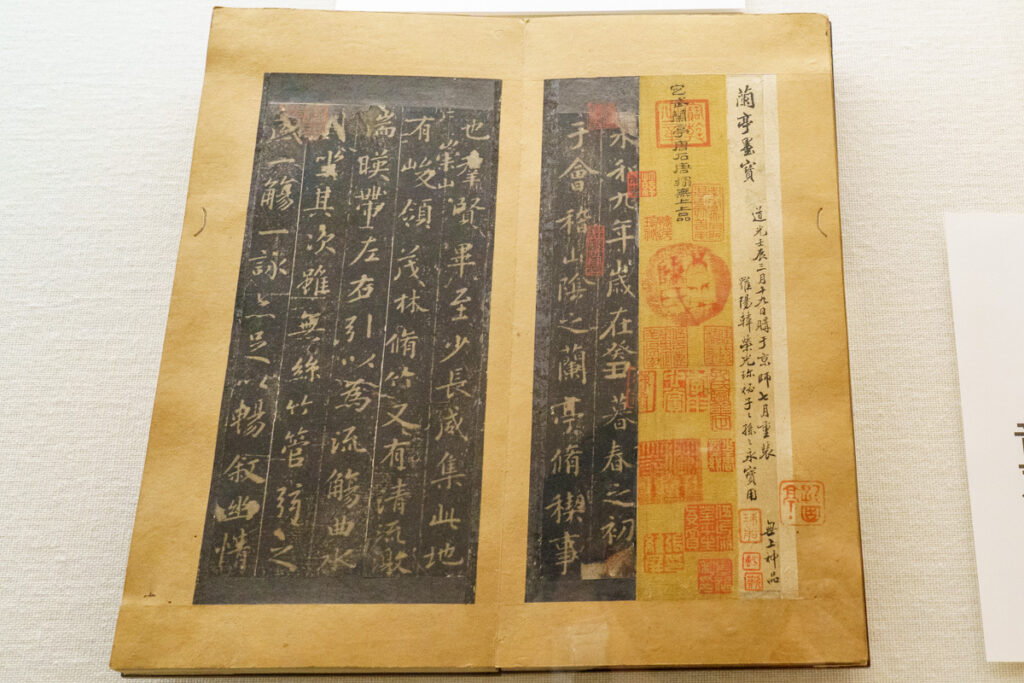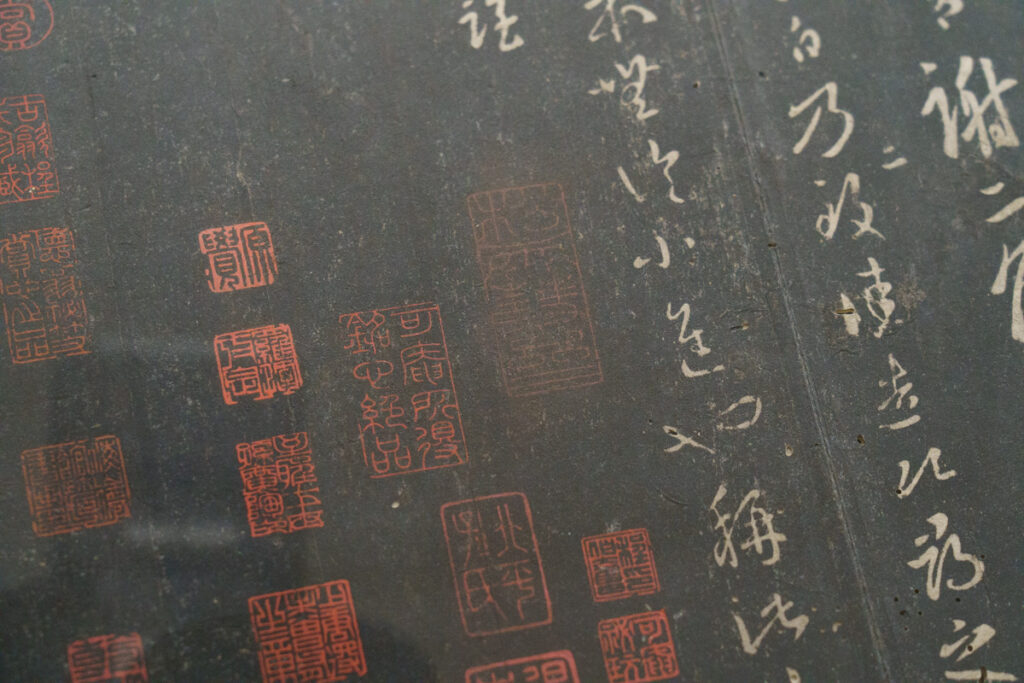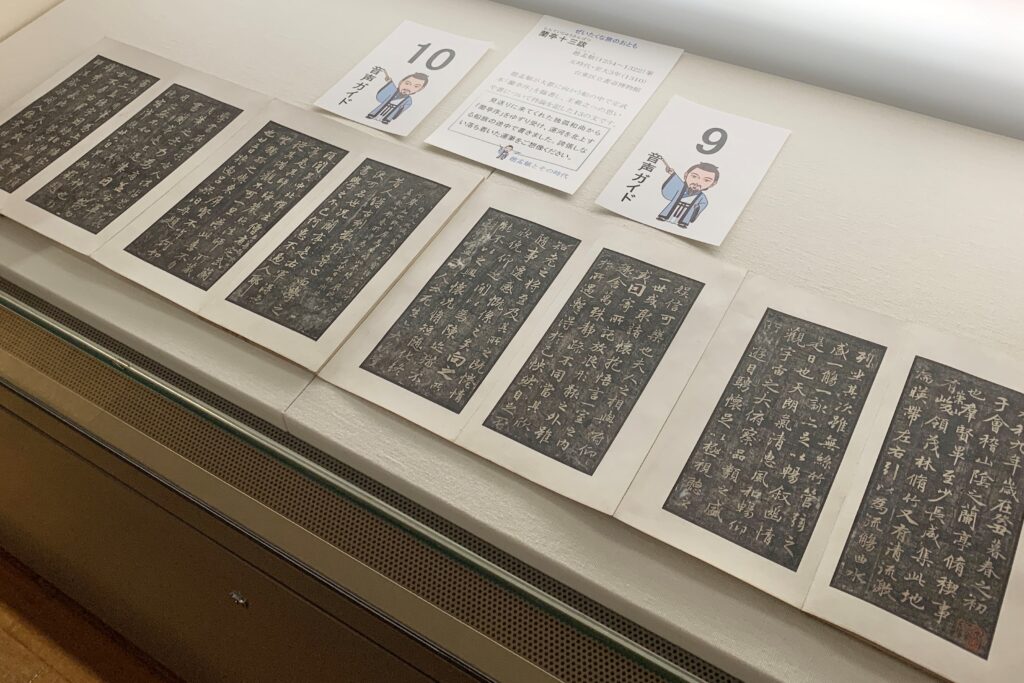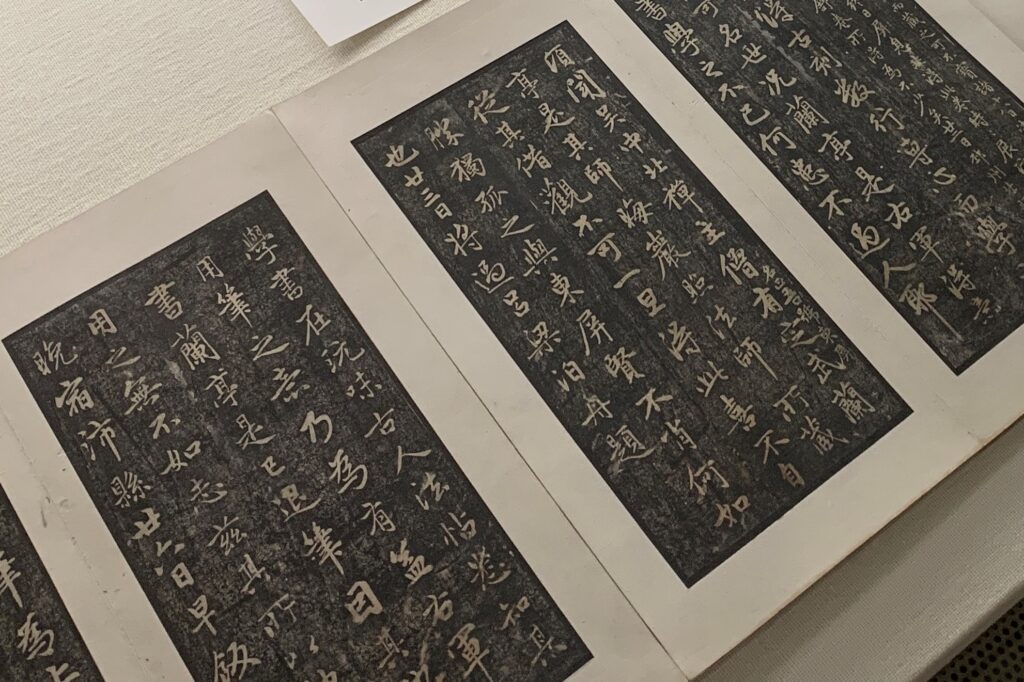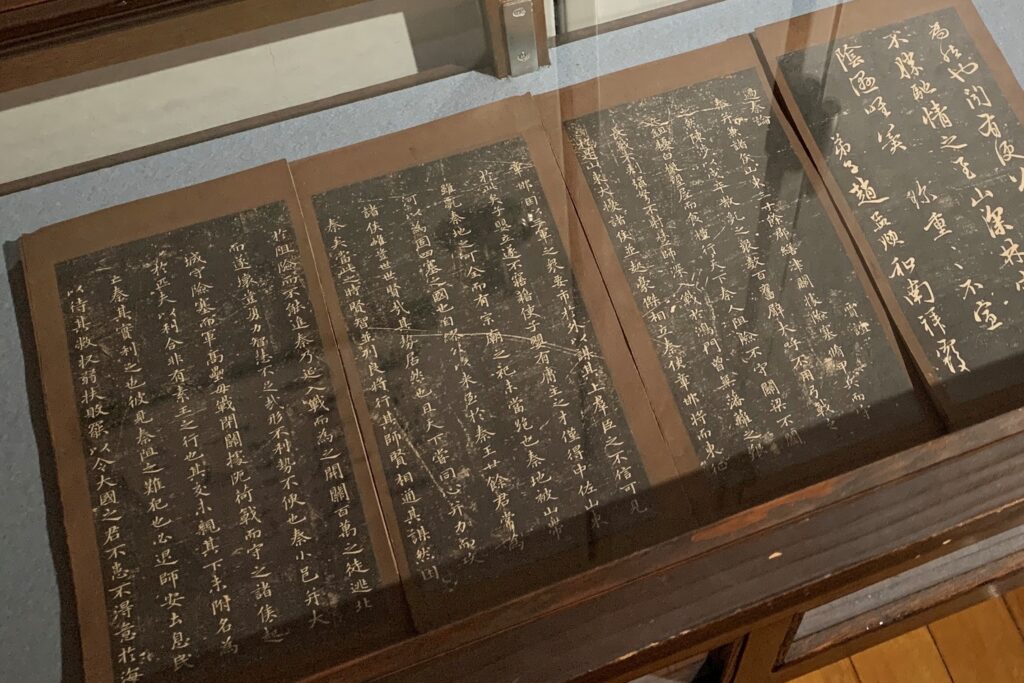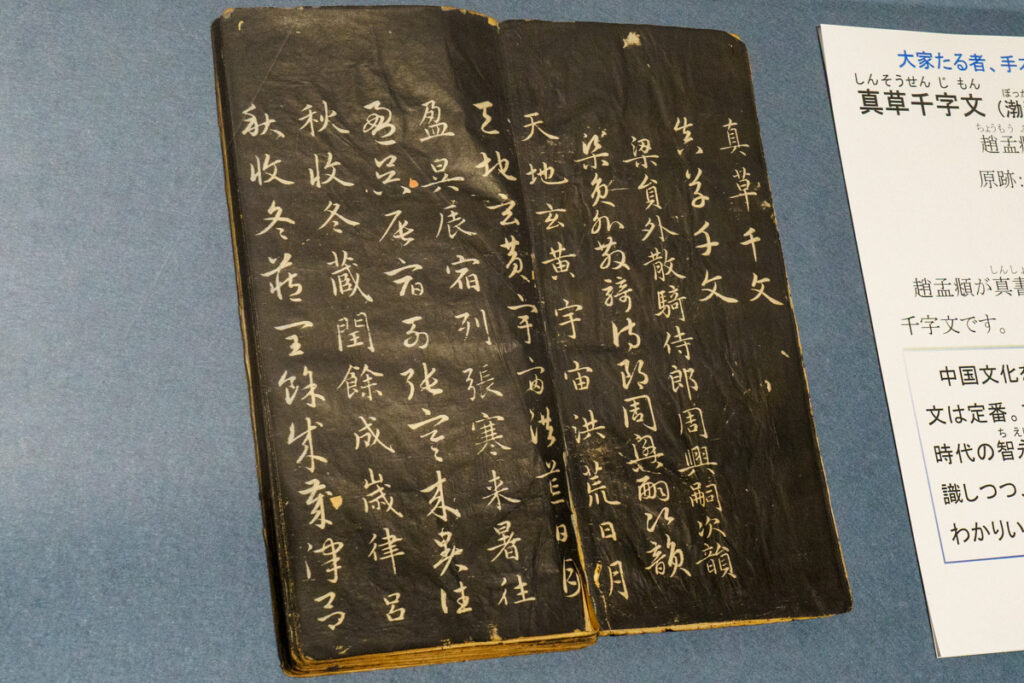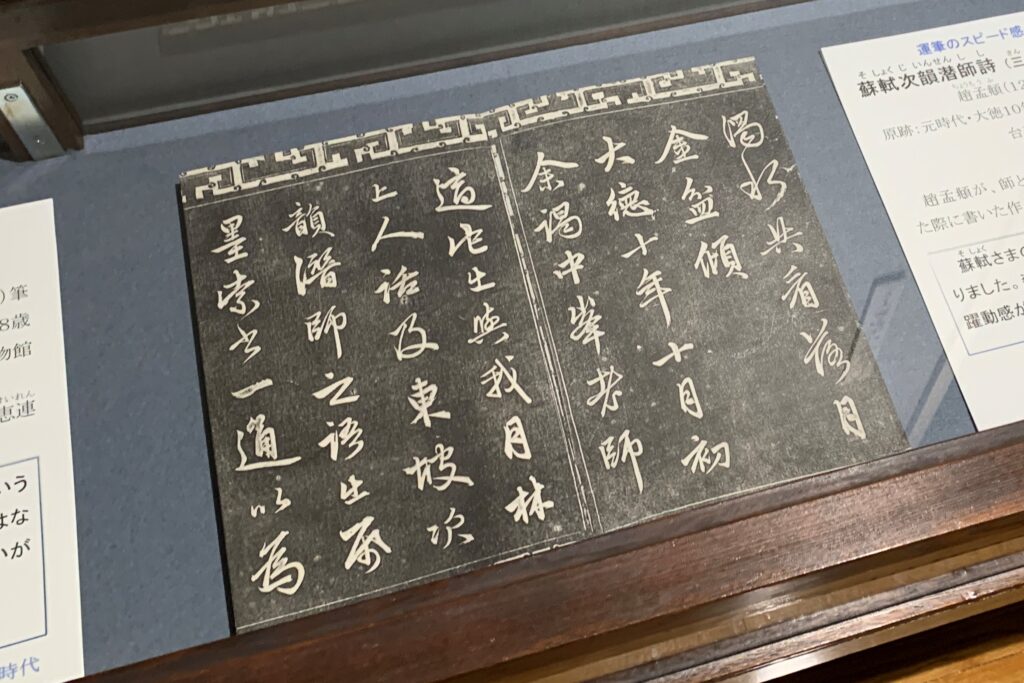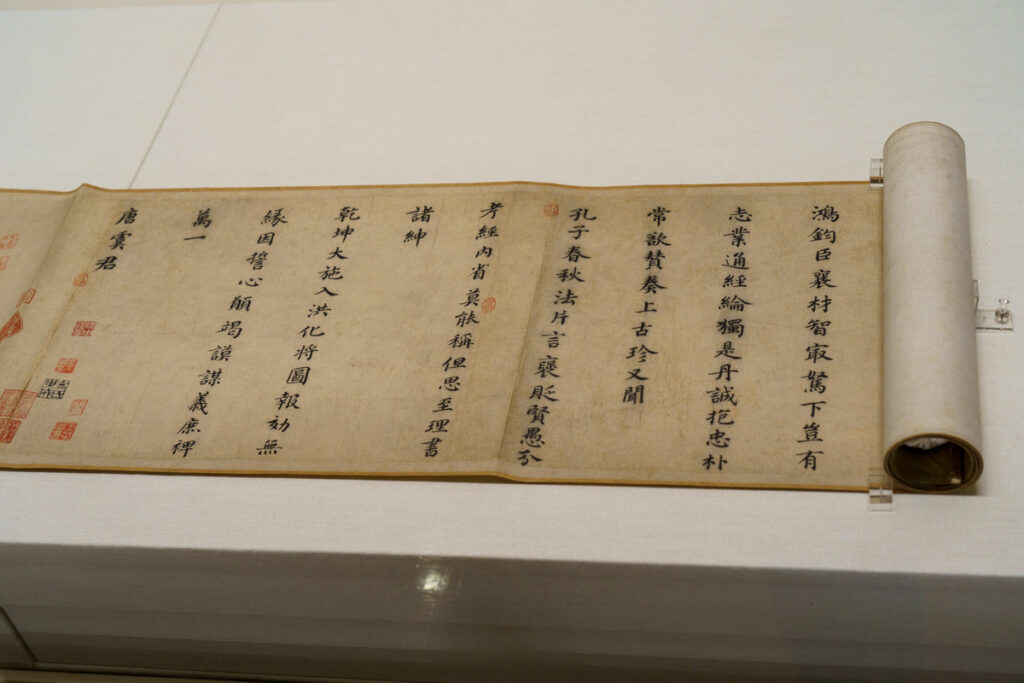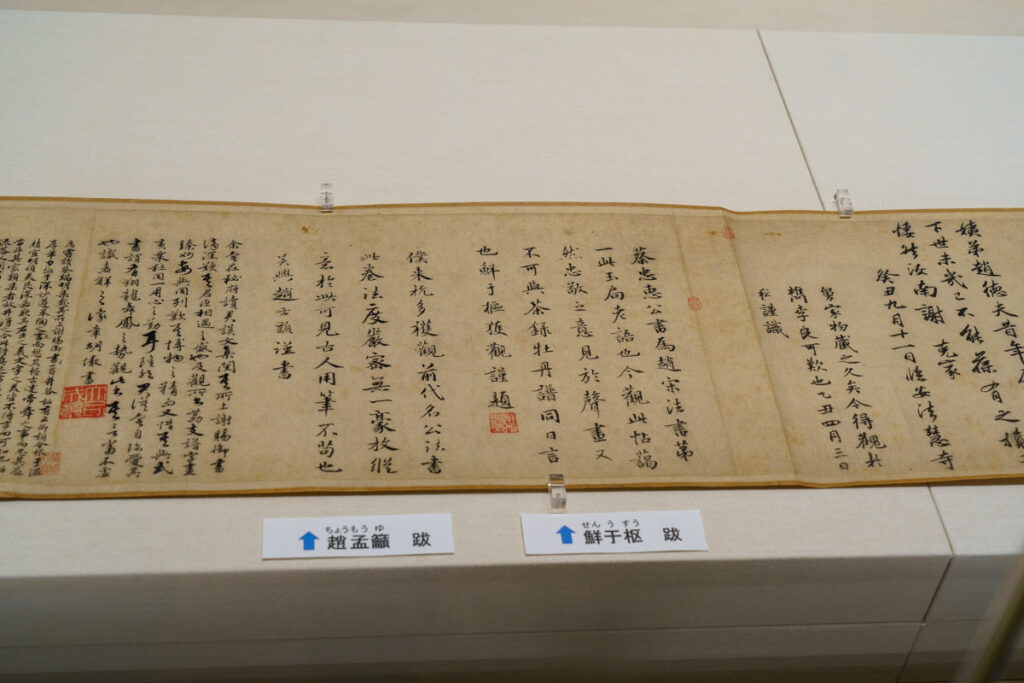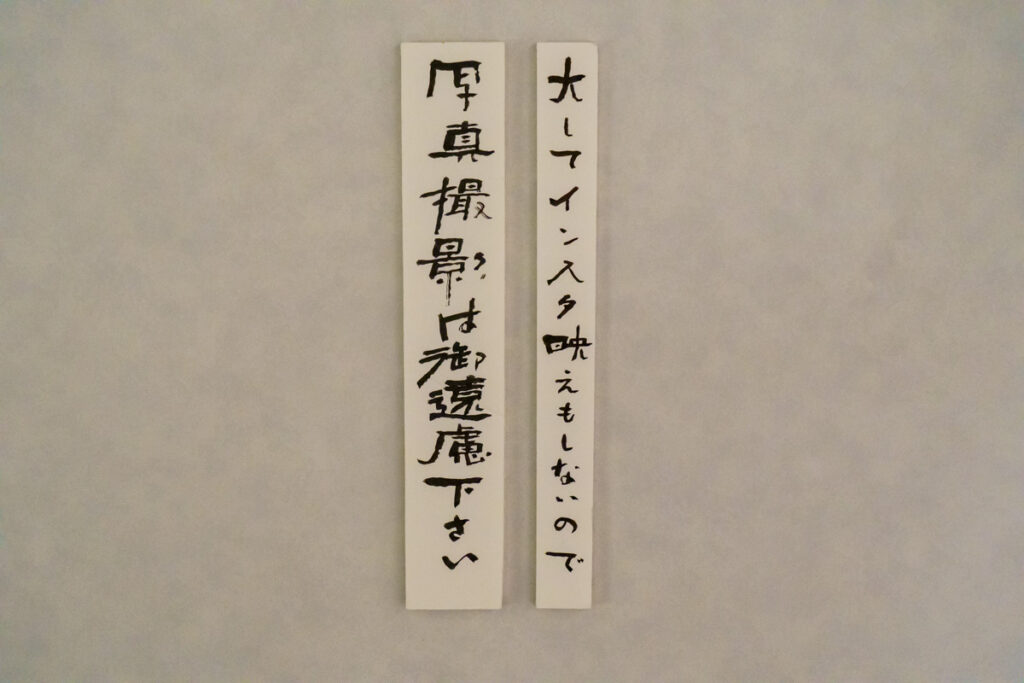Tokyo Metropolitan Art Museum
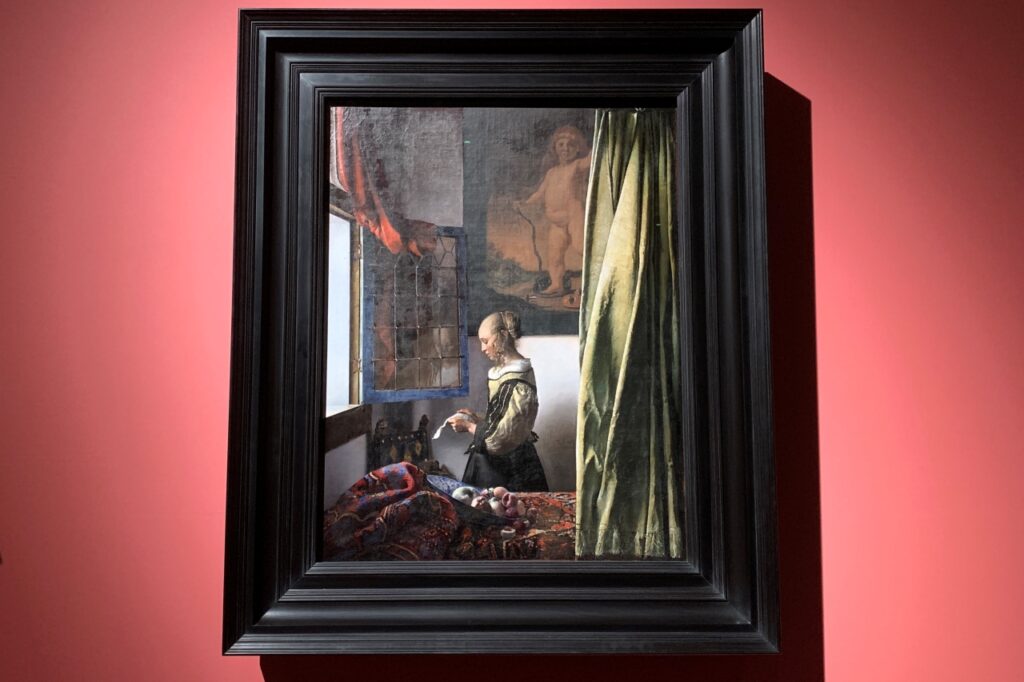
“Girl Reading a Letter at the Window” by Johannes Vermeer, a painter representing the 17th century Holland. The exhibition “Vermeer and 17th Century Dutch Painting Exhibition in the Dresden National Classical Painting Museum” will be held at the Tokyo Metropolitan Art Museum for the first time in the world to show the “original appearance” restored by the large-scale restoration work. It is being held.
The session is from February 10th (Thursday) to April 3rd (Sunday), 2022.
Since I participated in the press preview held prior to the event, I will report on the contents of the exhibition.
* All works without special mention are in the collection of the Dresden National Classical Painting Museum.
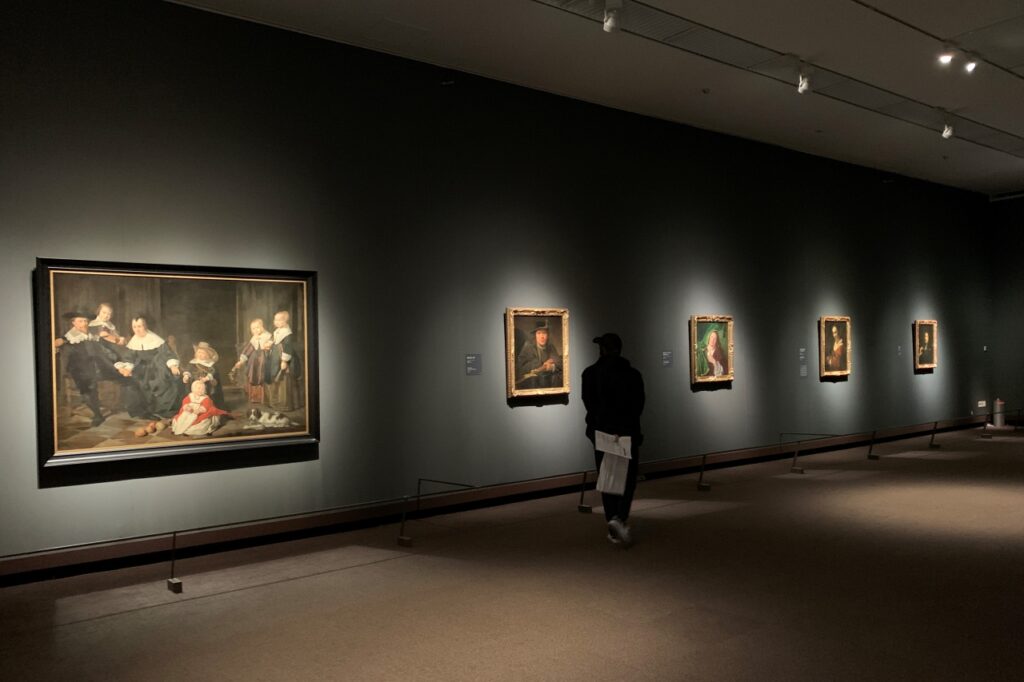
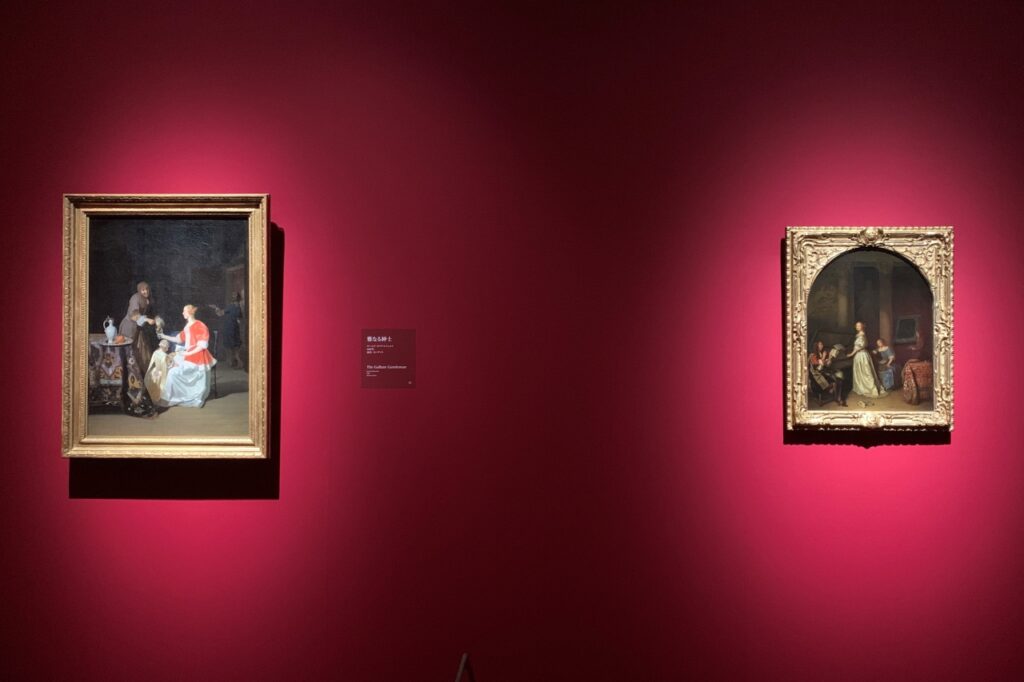
Cupid’s painting that appeared in “Girl Reading a Letter at the Window”
“Girl Reading a Letter at the Window” in the Dresden National Classical Painting Museum, where a large-scale restoration project was carried out from 2017 to 2021. Johannes Vermeer (1632-75) is an early masterpiece shortly after turning from historical painting to genre painting. It is a turning point where the Vermeer-like style that we know today, such as the expression of light coming in through the window and the image of a woman reading a letter indoors, has been established.

The biggest change in this modified work was the restoration of Cupid’s painting, which was hidden behind the wall.
Originally, the existence of the painting itself was revealed by an X-ray survey conducted in 1979, but it has been thought that the artist himself painted it. However, in the process of the restoration project, it turned out that it was overcoated by a third party after Vermeer’s death.
A team of experts has decided to bring the film back to a state close to 1658 from Vermeer’s atelier. After the restoration, it was first unveiled at the Dresden National Classical Painting Museum, and then it was to be exhibited at this exhibition ahead of the rest of the world.
Cupid, the god of love depicted in the painting, has a somewhat proud expression while trampling on the mask that symbolizes lies and deception.
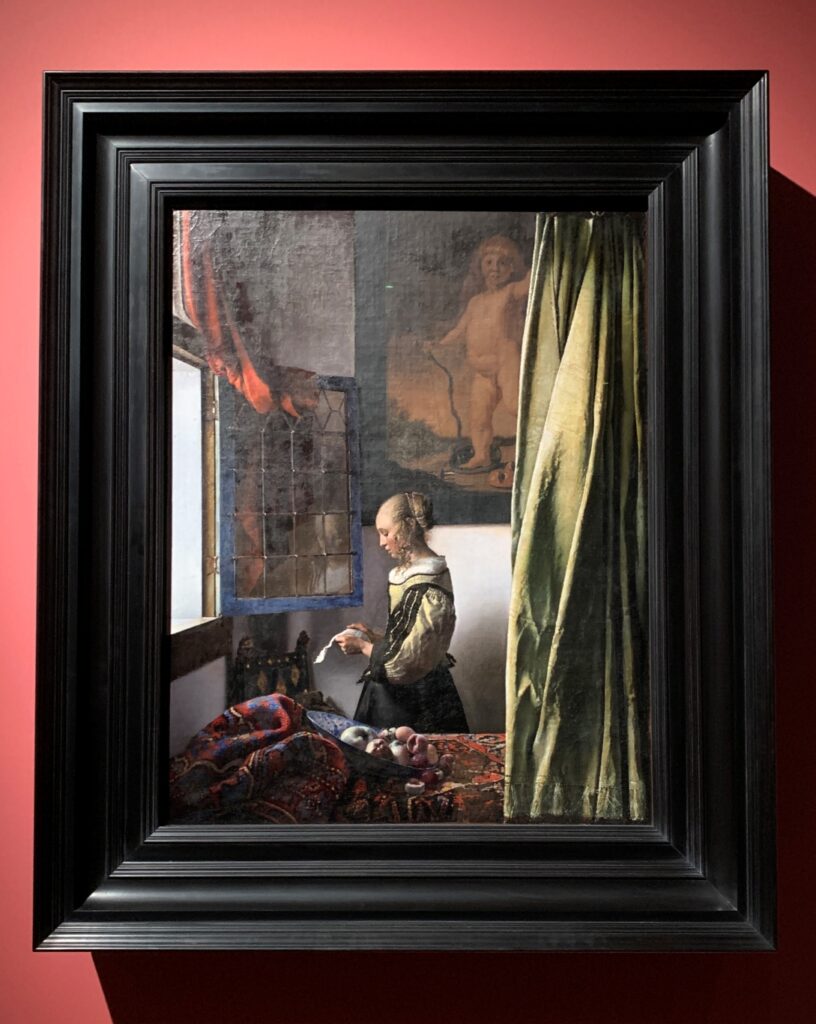
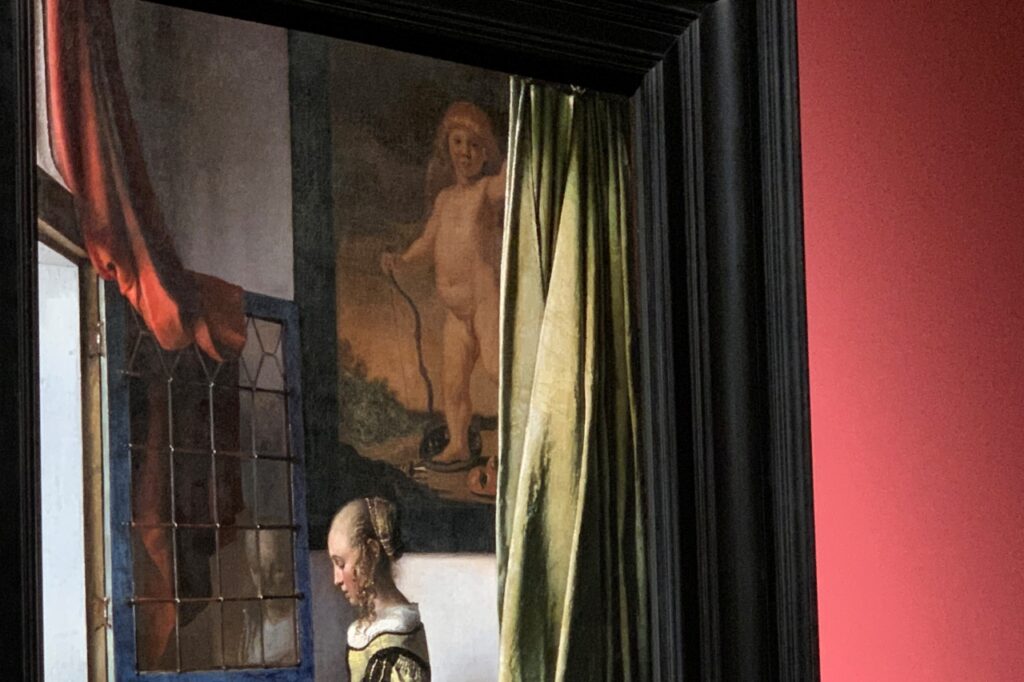
According to the exhibition commentary, the prototype of this Cupid is in the iconography collection that was popular at that time. The implication is that “honest love overcomes lies and hypocrisy”, and it is clear that the letter that the woman is reading is a love letter, and she can receive a message related to allegory.
Next to this work, a replica before restoration is displayed, so you can enjoy comparing the differences.
The woman before the restoration had a mysterious impression that her emotions could not be read, and she received some gloomy signs such as sadness and disappointment. When I watched this work after restoration on the premise of a love letter, I noticed redness on my cheeks, and I felt that the gently dropped eyes had a deep feeling for the other party of the letter. The appearance has changed considerably.
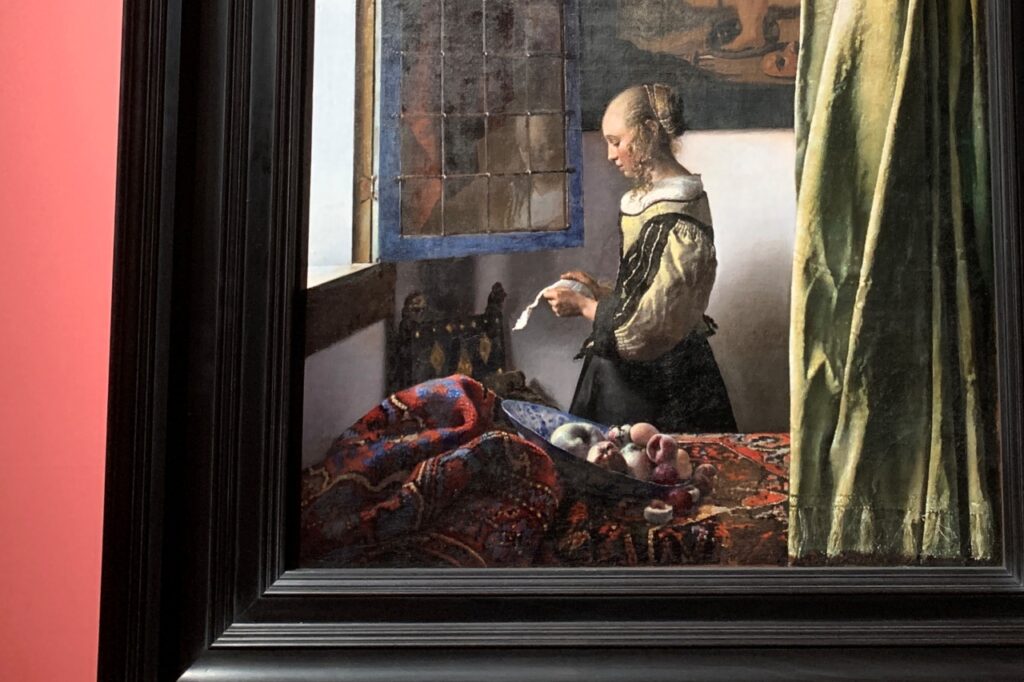
It is also noteworthy that the varnish and stains that have discolored due to aging have been removed, making the entire screen brighter. The white of the wall is remarkable, but the Vermeer blue of the window frame and the red of the tapestry spreading in front of the screen are also vivid. The expression of light by Vermeer’s specialty pointier technique (a technique of drawing light reflections and highlights with white dots), which is seen in female blonde hair, seemed to shine more beautifully.
The balance of the standing figure of the woman surrounded by curtains, tapestries, window frames, chairs, and paintings is calculated, giving the impression that the depth is emphasized without cluttering the screen. It’s also interesting that Cupid is arranged so that he can open the curtain and secretly look into the female figure.
By the way, I was thinking that it would be unavoidable to feel that the screen became narrower due to the appearance of the in-picture image that occupies about a quarter of the screen … Actually, before and after the restoration, I noticed that the screen was really narrow. The edges of the screen are gradually disappearing from the top, bottom, left, right, and all four sides.
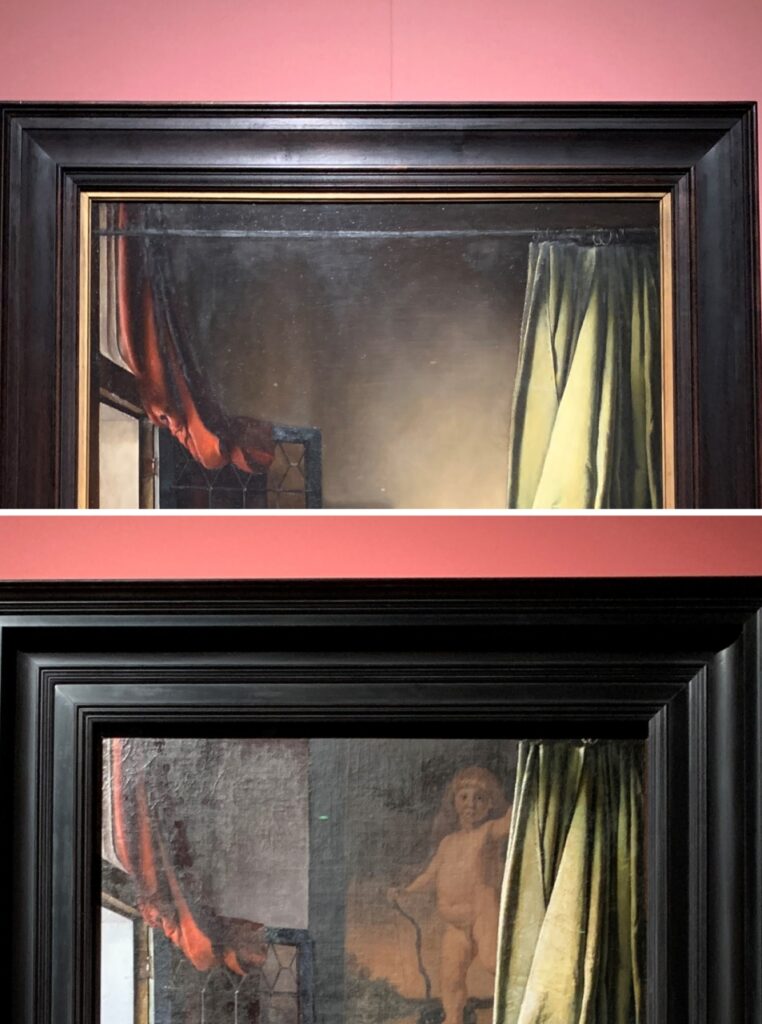
[Top] Sabine Bentfeld << Replica: Girl Reading a Letter at the Window (Based on Vermeer’s Original Drawing) >> (Part) 2001 Private Collection /
[Bottom] Johannes Vermeer “Girl Reading a Letter at the Window” (after restoration) (part) 1657-1659
Uta Knighthardt, a senior curator at the Dresden National Classical Painting Museum, may have originally hidden the four sides with a picture frame. I speculated that elements that now seem to be missing, such as the top of the curtain rod, were drawn directly on the frame for the purpose of enhancing the optical illusion effect.
I don’t know the truth, but in any case, the long-loved Girl Reading a Letter at the Window has undergone a dramatic transformation. Those who like the clean atmosphere of the uncorrected painting may have mixed feelings about this restoration, but if you look at the real thing, you will surely find not only the feeling of loss but also the new charm of the revived masterpiece. Should be.
Why has Cupid been erased?

In this exhibition, a large space is used to introduce the entire restoration project in detail with explanation panels and videos showing the restoration. It seems to be daunting to see the details of the work of removing varnish and dirt little by little with an anatomical sword while looking through a microscope. It is an exhibition that shows how carefully the restoration work that took four years was done.
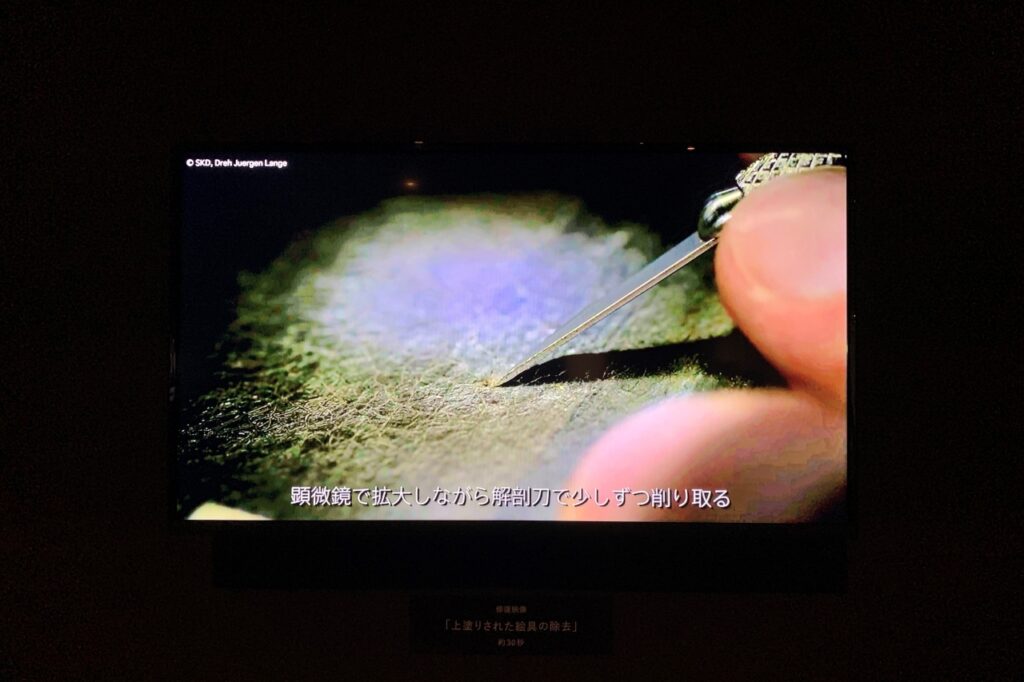
In the first place, it’s interesting to see why “Girl Reading a Letter at the Window” was so modified by whom. However, it remains a mystery even after extensive research.
Since Cupid’s paintings are in good condition, there is a possibility that they may be maintained not for preservation reasons but for aesthetic considerations such as temporary hobbies and changes in fashion. How careless, it’s scary from our current sense, but Vermeer at that time wasn’t as famous as it is now …
In fact, when this work was added to the collection of the Electorate of Saxony, which was the basis of the Dresden National Classical Painting Museum in 1742, it was considered to be Rembrandt van Rijn’s work, not Vermeer’s. Isn’t the painting erased in order to bring it to the style of Rembrandt, who was extremely popular in Europe? There seems to be a view that.
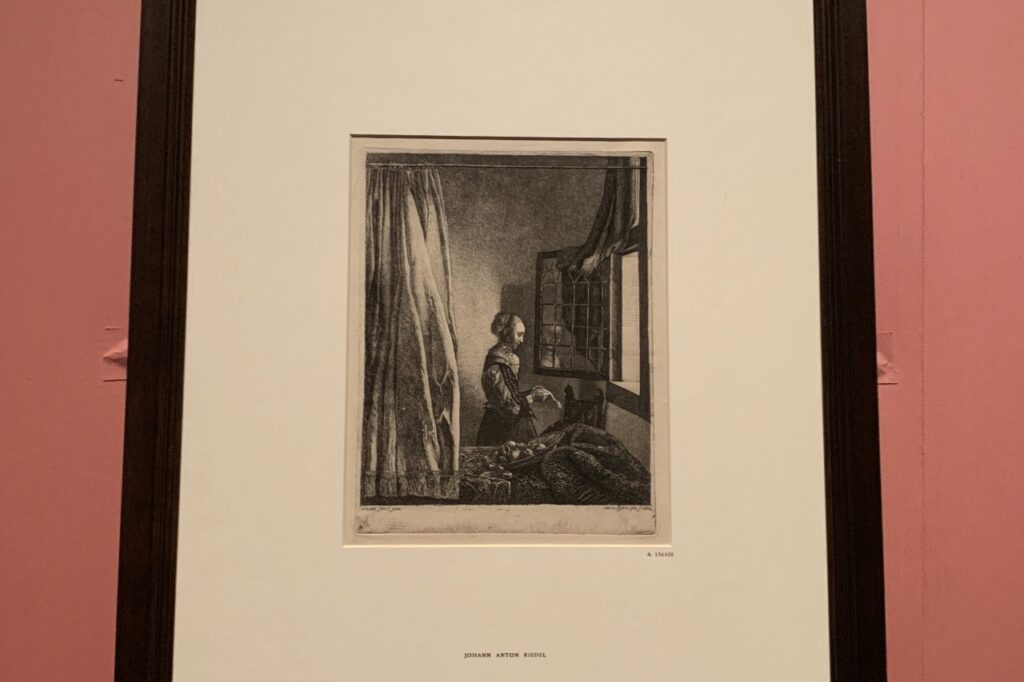
In the same space, we will also introduce four duplicate prints of “Girl Reading a Letter at the Window” of different ages, such as 1783, 1850, 1893, and 1907. According to the exhibition commentary, the person misidentified as the author of “Girl Reading a Letter at the Window” was not only Rembrandt, but also Rembrandt’s disciple Govert Flinck and Pieter de Hooch depending on the times. And twists and turns. It’s surprising that it was recognized as Vermeer’s work in 1862. It turned out that it was something unfortunate when the author changed around and changed here and there.
Gem paintings that colored the golden age of the 17th century Holland
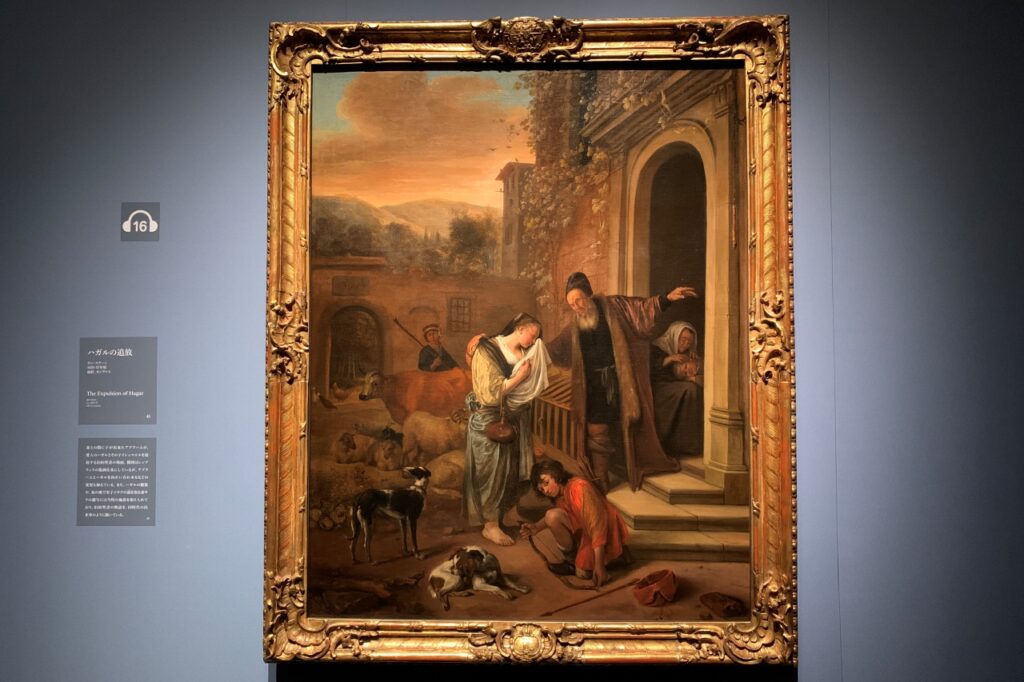
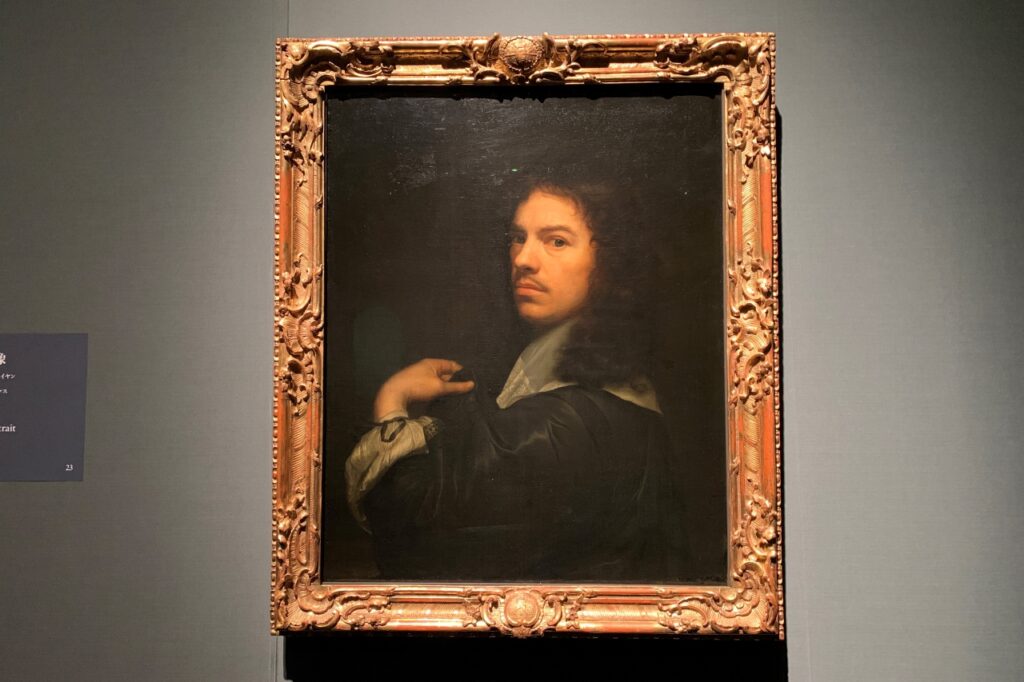
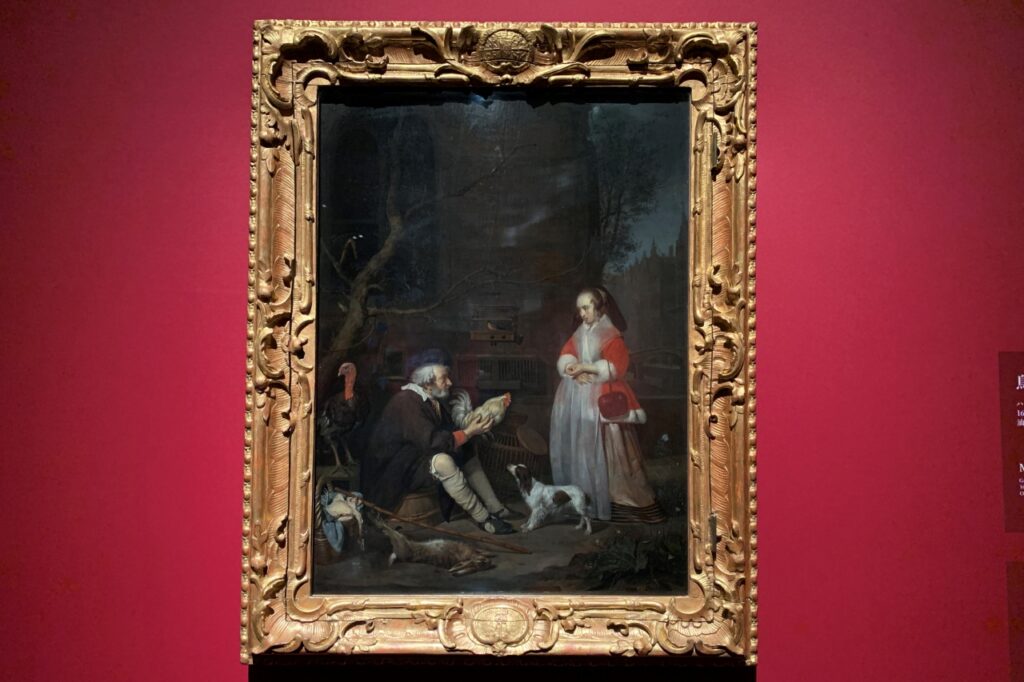
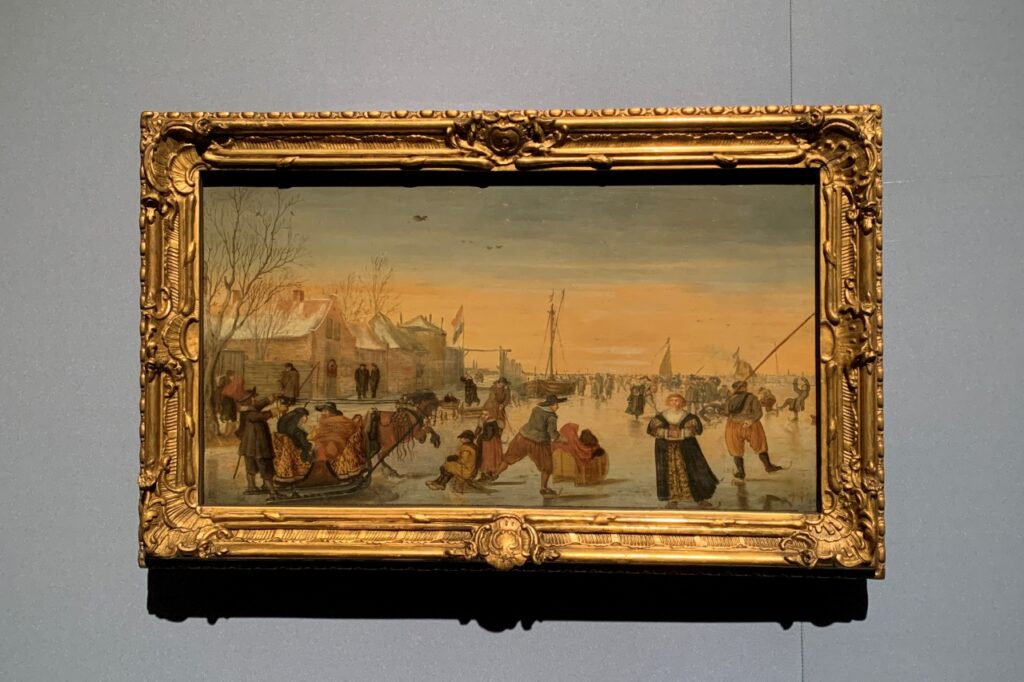
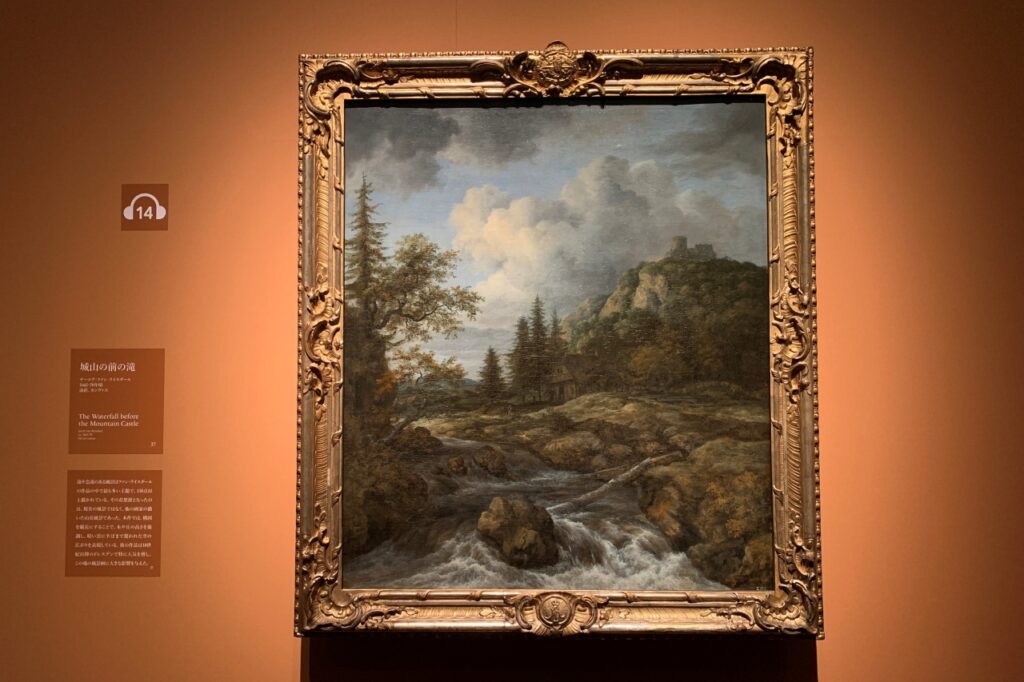
The Netherlands in the 17th century was one of the first countries in Europe to realize civil society, and many of the painting patronage were citizens rather than churches and royal aristocrats. Small genre paintings (indoor paintings) that are familiar to people on a daily basis in private residences are preferred rather than exaggerated historical paintings. Established as one. Portraits that reflect the rise in social status have also made remarkable progress.
Using realistic depictions in every detail and sometimes symbolic pictorial rhetoric, he portrays Dutch life and culture in a realistic or surpassing reality. It was a time when rich painting expressions that could be called the golden age of painting blossomed.
In this exhibition, about 70 paintings from the Dresden National Classical Painting Museum, such as Rembrandt, Gabriël Metsu, and Jacob van Ruisdal, who were active at the same time as Vermeer, which color the golden age of 17th century Dutch painting, will be exhibited. doing.

Many portraits, including Rembrandt, are striking with their skillful depictions of light and shadow.
Rembrandt’s portrait of his wife, “Portrait of Young Saskia,” is a fictional head study rather than a general portrait, due to its ancient costumes and shadows on the upper half of his face. It is thought that it is. The dynamic light and dark depiction of Rembrandt’s spotlight makes the suspicious smile even more mysterious. If I see this picture in the middle of the night, I’m afraid I can’t sleep …

Michiel Janszsche Felt, who painted “Portrait of a Woman”, is considered to be the most popular and influential portrait painter in Delft, the Netherlands. It was a great honor to have him write a portrait, and he received many requests from aristocrats and wealthy citizens.
The portrait of a woman depicts a wealthy aristocratic woman, whose dignified standing and gaze are impressive. The expression of the glossiness and transparency of the white ruffs also makes me groan, but what I want you to pay attention to is the color and texture of the skin! It seems to shine lively while being elegant, and it is full of charm that can be convinced by the popularity at that time.
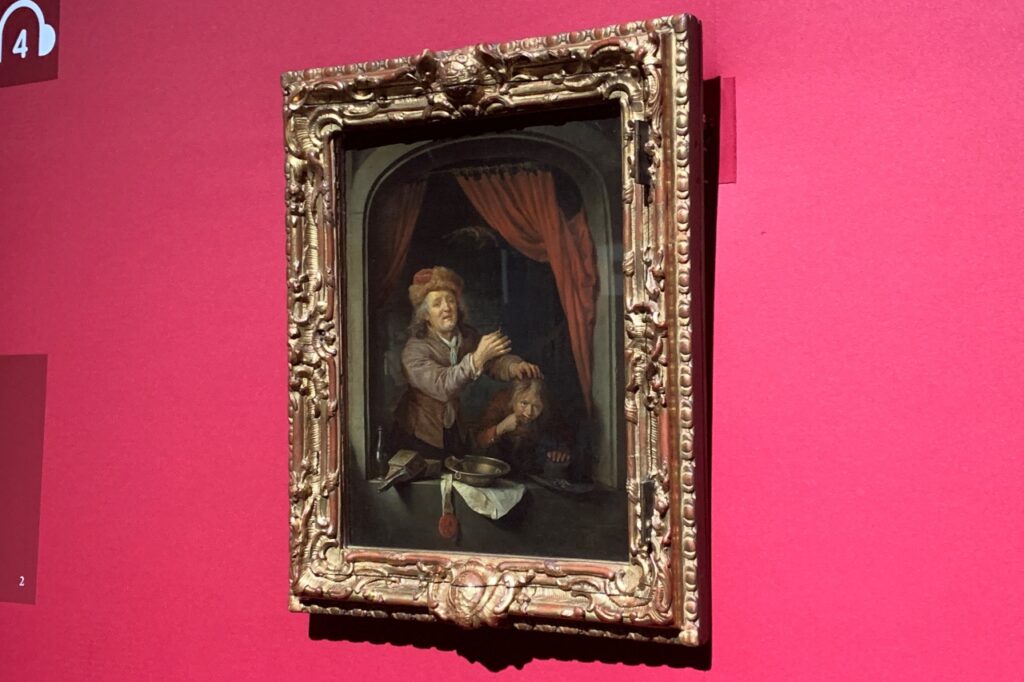
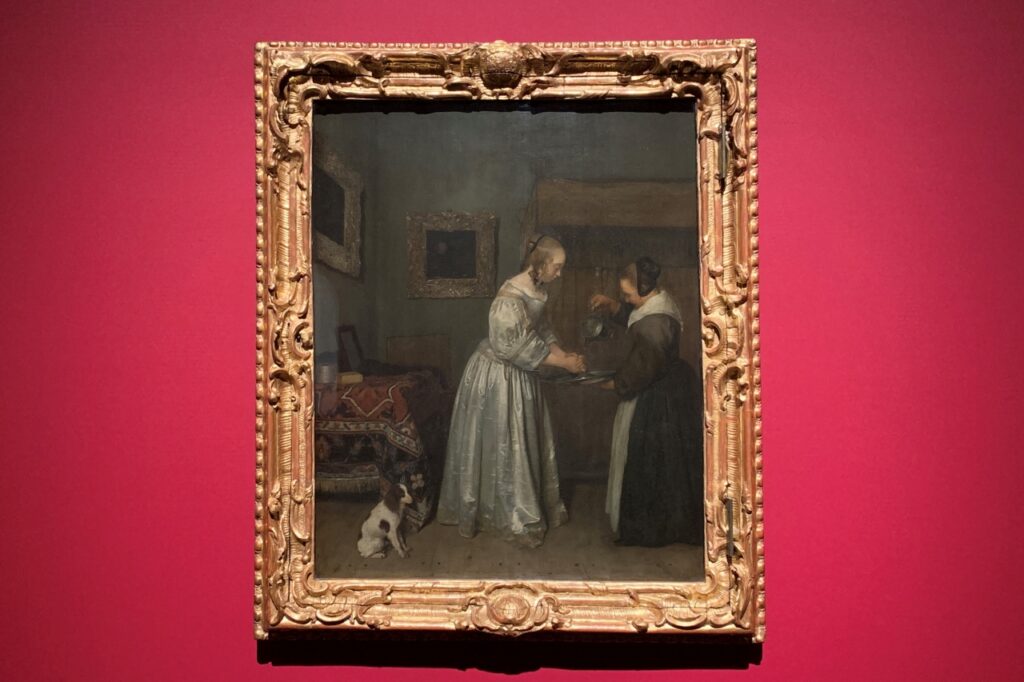
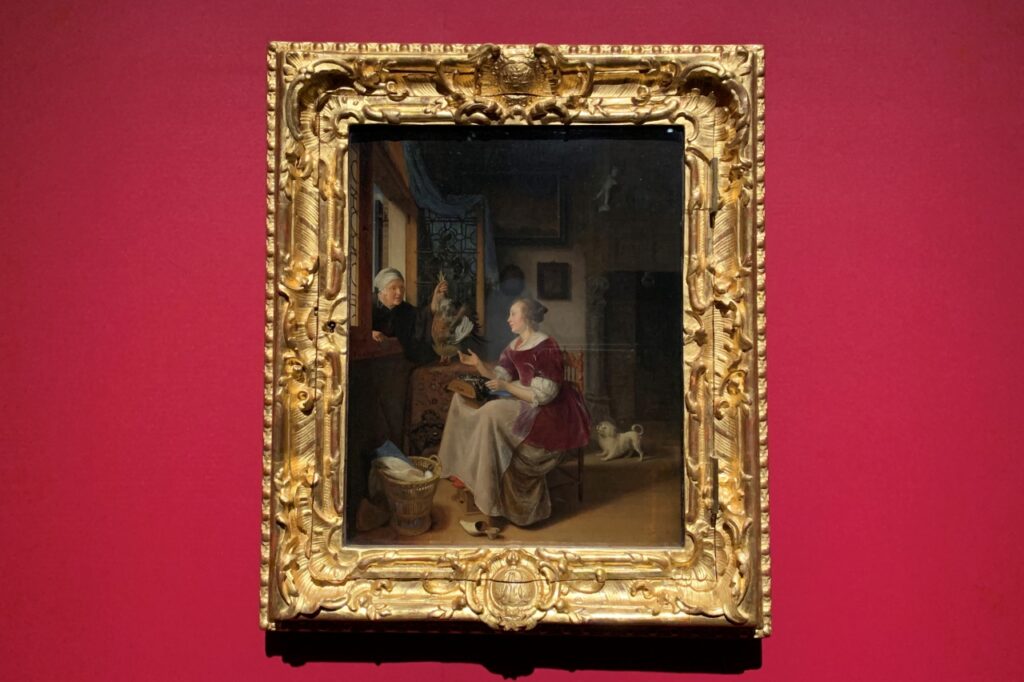
In genre paintings, especially indoor paintings, elaborate works based on accurate observations of daily life are lined up. At the same time, many of them, like Peter van Slingeland’s “Old Woman Presenting a Chicken from a Window to a Young Woman,” add a deeper artistry to her work with lessons and depictions of allegory. At first glance, it seems to depict a slightly eccentric scene of buying and selling, but in reality, the depiction of the birds handed over and the shoes on only one side hides the nuances of mediating prostitution and inviting sexual intercourse.
It’s good to taste it with your own sensibility, but it seems interesting to appreciate it intellectually while grasping the meanings of those things.

Although it is very small and unobtrusive at 18.5×23.5cm, Evbert van der Pour’s “Great Fire in the Night Village” is a genre painting dealing with a rare “fire”. Van der Pour is a person who has been passionate about creating fire and fire works throughout his life from the experience of losing his fellow painters and daughter in a fire. In the middle of the night, the only light source, the flame, illuminates people trying to protect their families and household goods in front of a burning house. It is a work that draws in awe of flames and impermanence.
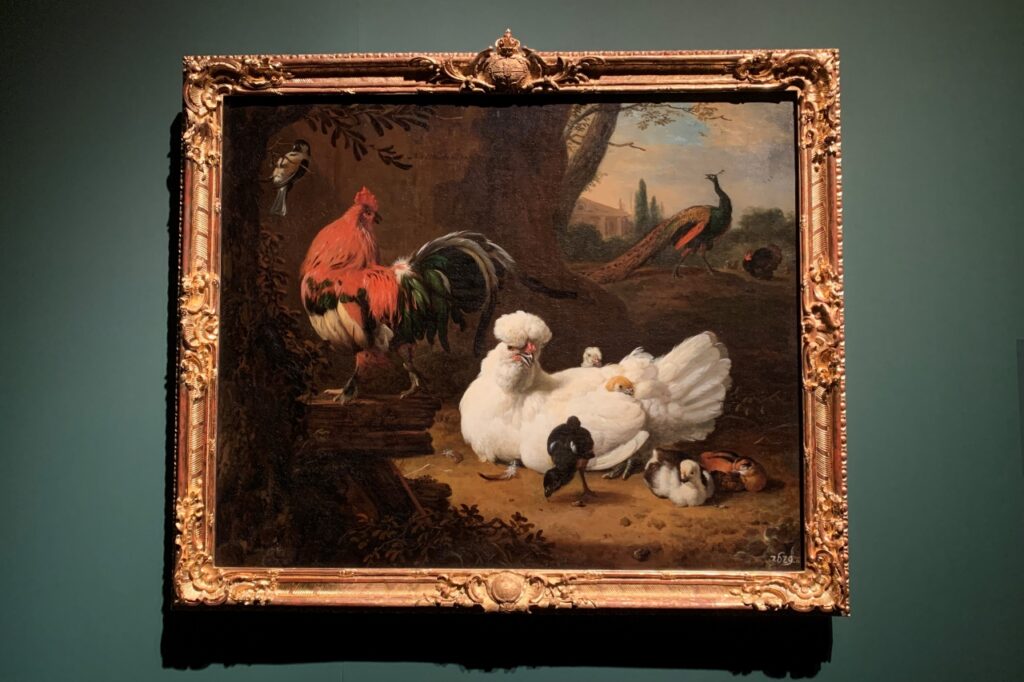
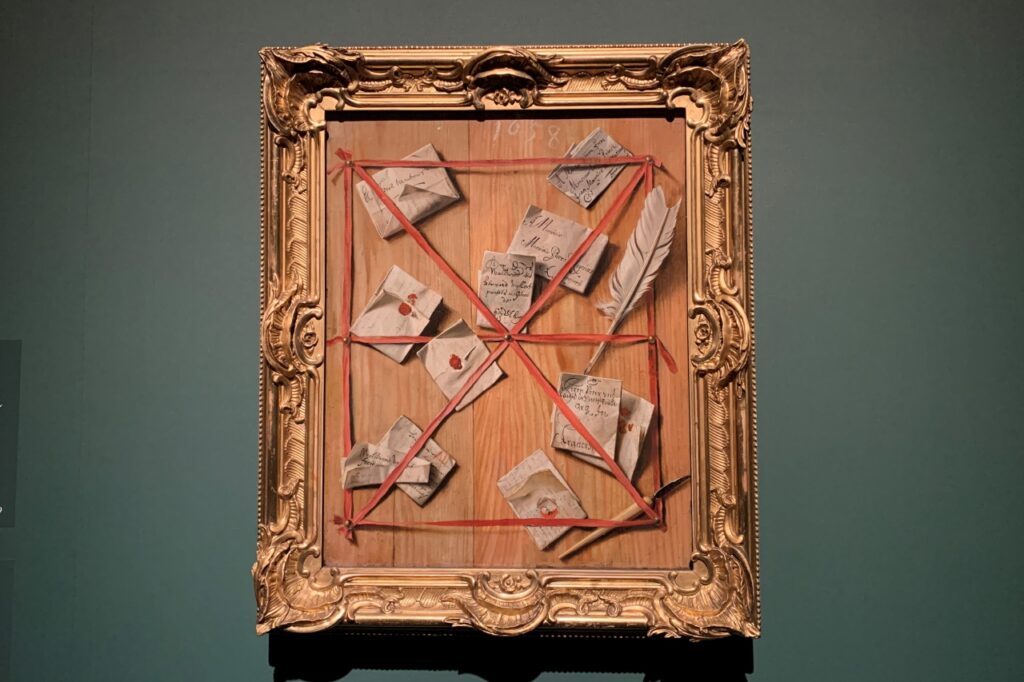
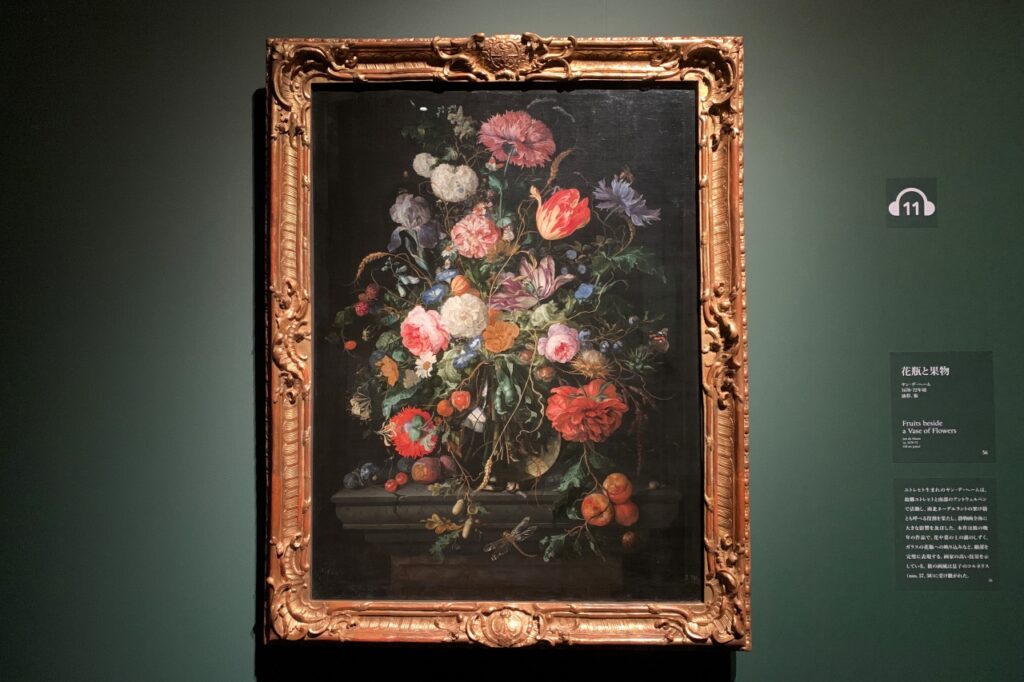
In the still life, Jan de Heem’s “Vase and Fruit”, which is a mixture of two kinds of tulips, which were expensive at that time, had an outstanding presence.
This work meets the needs of collectors in the latter half of the 17th century for still life with rich decorativeness and aesthetic sophistication. The powerful contrast of light and darkness and colors is wonderful, but the drops on the flowers and leaves, the windows reflected in the vase, the luster of the fruits … I have no choice but to admire the painter’s own overly precise observation eyes and the transcendental technique of being able to perfectly reproduce what he has observed.

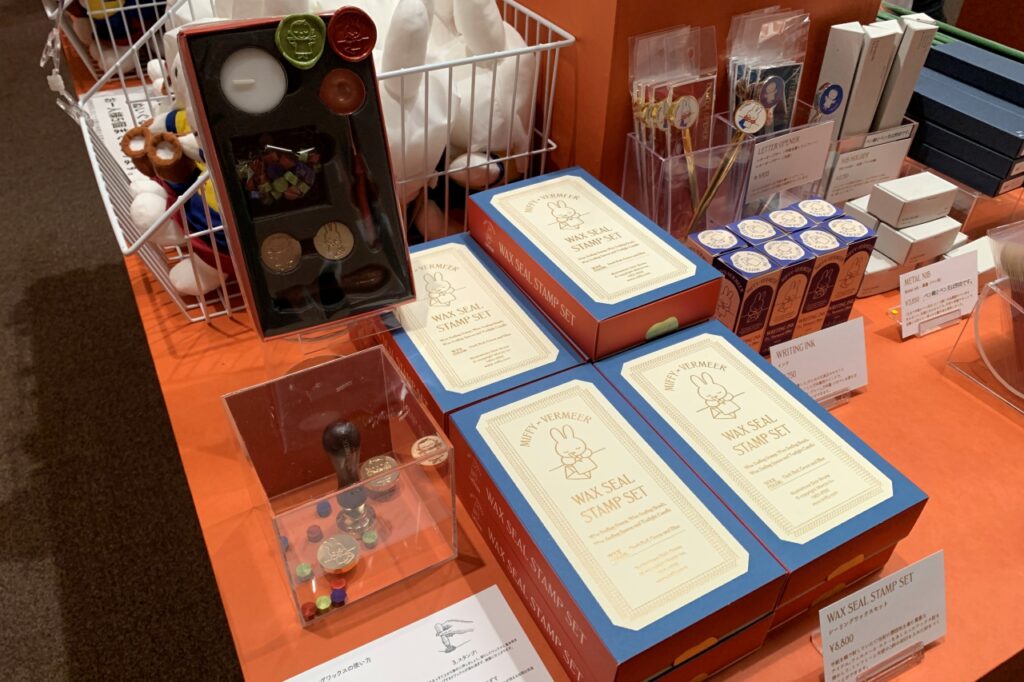
This exhibition is a collaboration with Miffy, who was born in the Netherlands. As original goods for the exhibition, various products with the theme of “letter” such as two kinds of stuffed animals and sealing wax set were developed. If you are a fan, don’t miss it!
Outline of “Vermeer and 17th Century Dutch Painting Exhibition in Dresden National Classical Painting Museum”
| Legislative session | February 10th (Thursday) -April 3rd (Sunday), 2022 |
| venue | Tokyo Metropolitan Art Museum Planning Exhibition Room |
| Opening hours | 9: 30-17: 30 (Admission is 30 minutes before closing) * Friday 9: 30-20: 00 |
| Closed days | Monday (* Open on March 21st), March 22nd (Tuesday) |
| Admission fee | General 2100 yen / College student / vocational school student 1300 yen / 65 years old and over 1500 yen * This exhibition requires reservations by date and time. For details, please check the ticket page of the official exhibition website. https://www.dresden-vermeer.jp/ticket/ |
| Organizer | Tokyo Metropolitan Foundation for History and Culture Tokyo Metropolitan Art Museum, Sankei Shimbun, Fuji Television |
| inquiry | 050-5541-8600 (Hello dial) |
| Exhibition official website | https://www.dresden-vermeer.jp |
Article provided by: Kokoshiru Ueno


